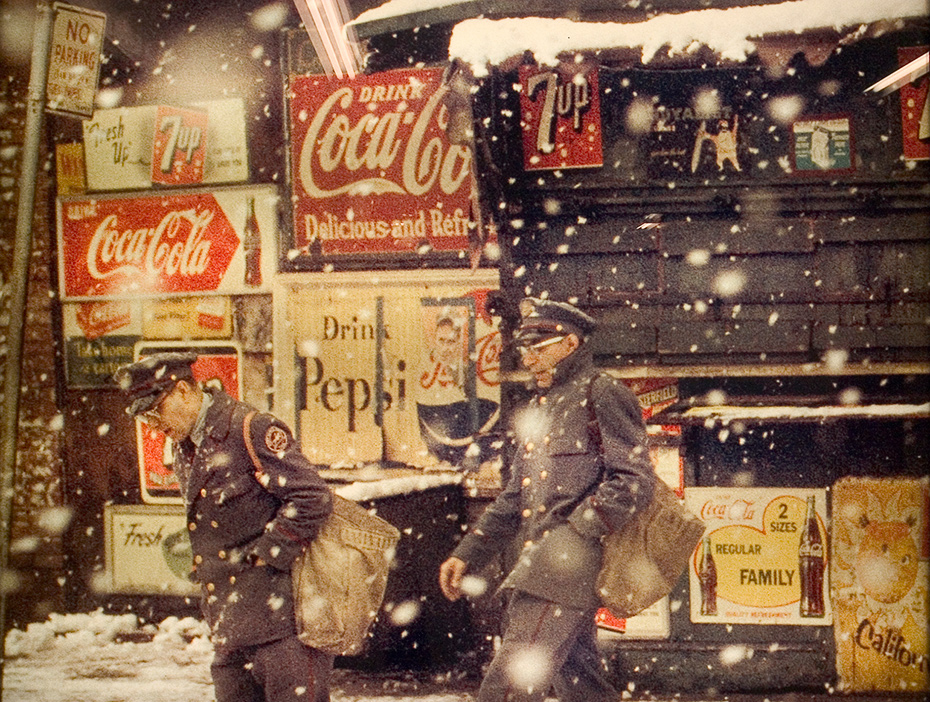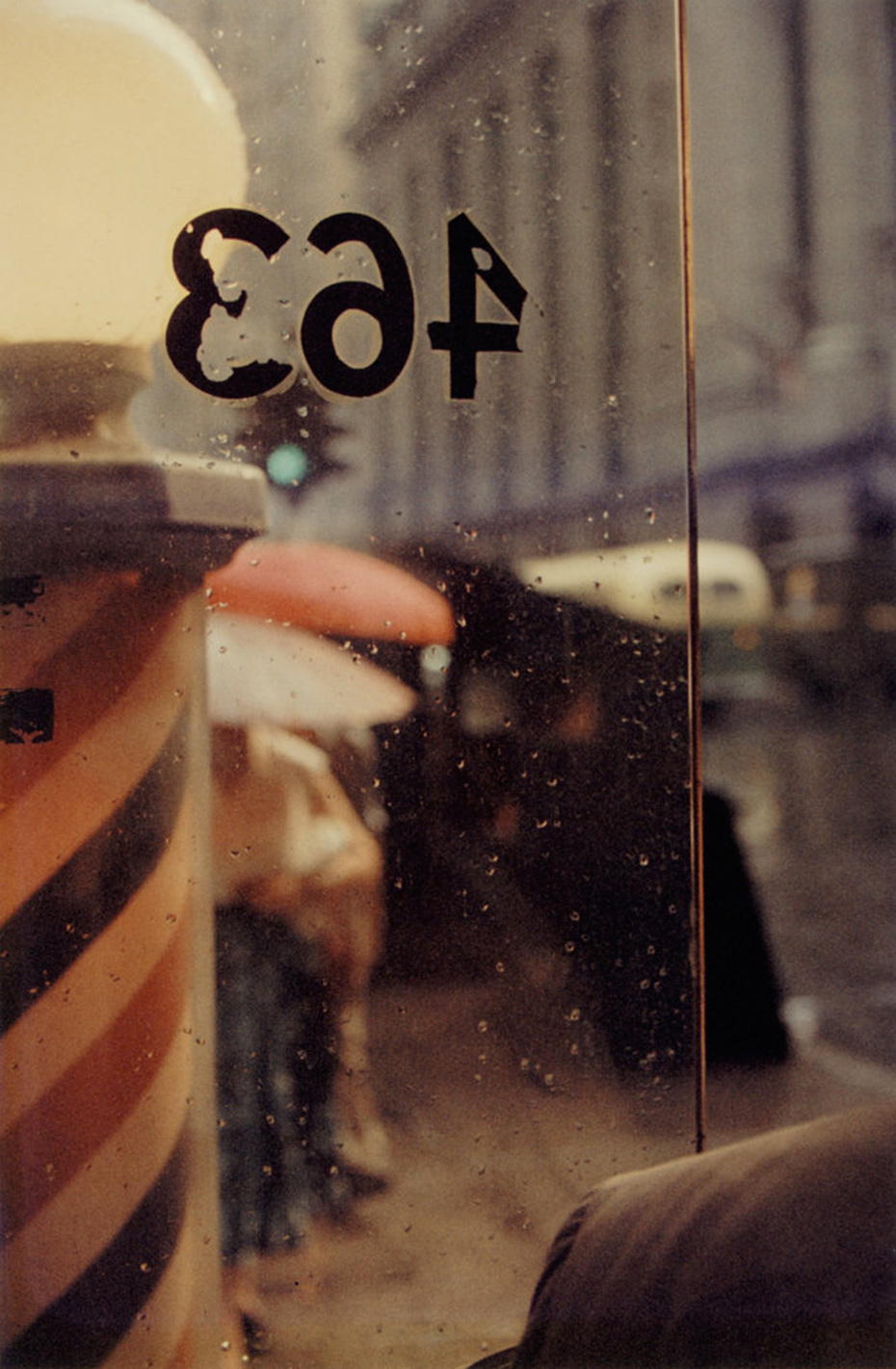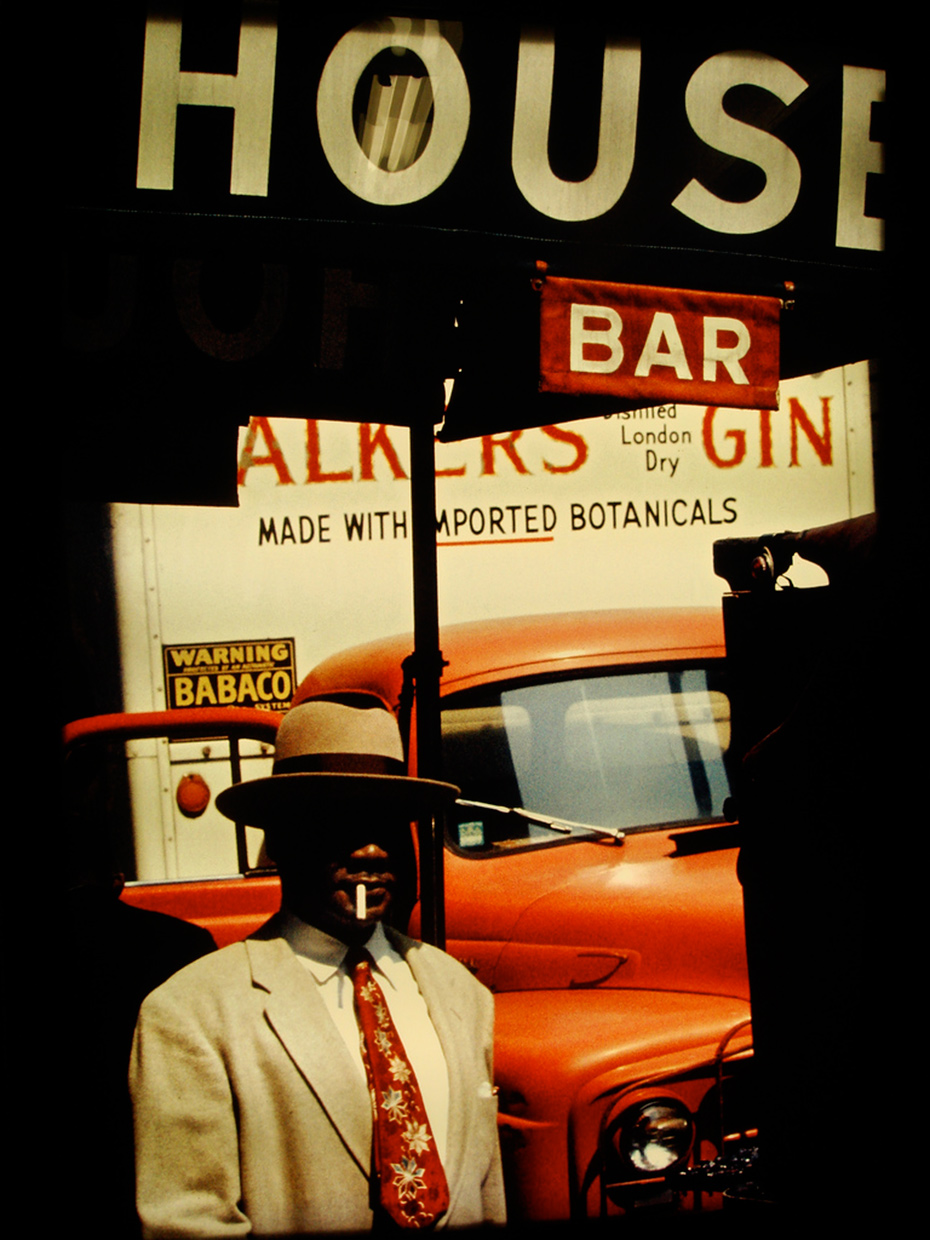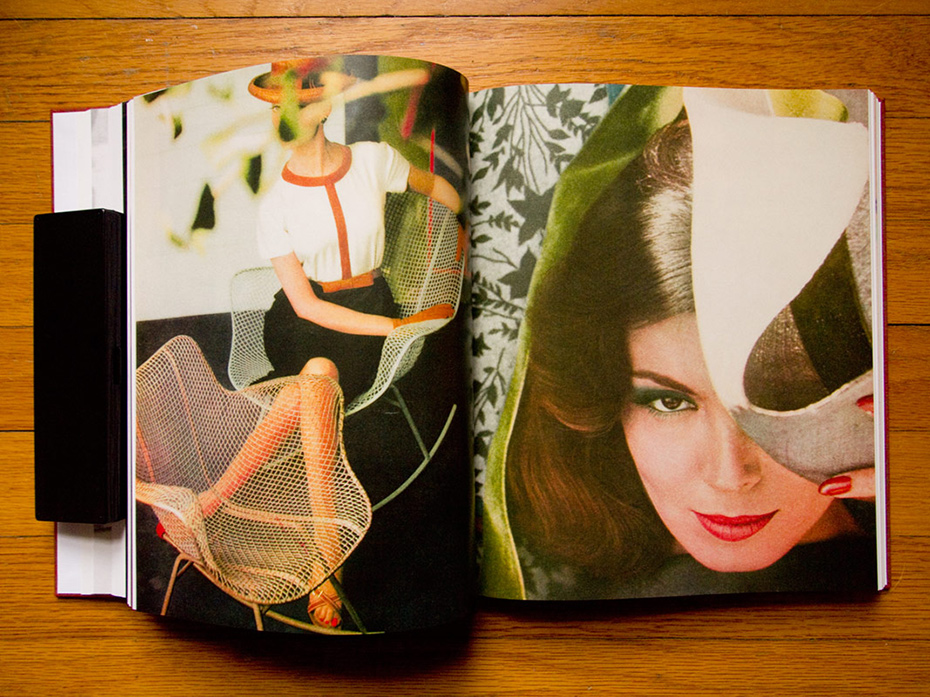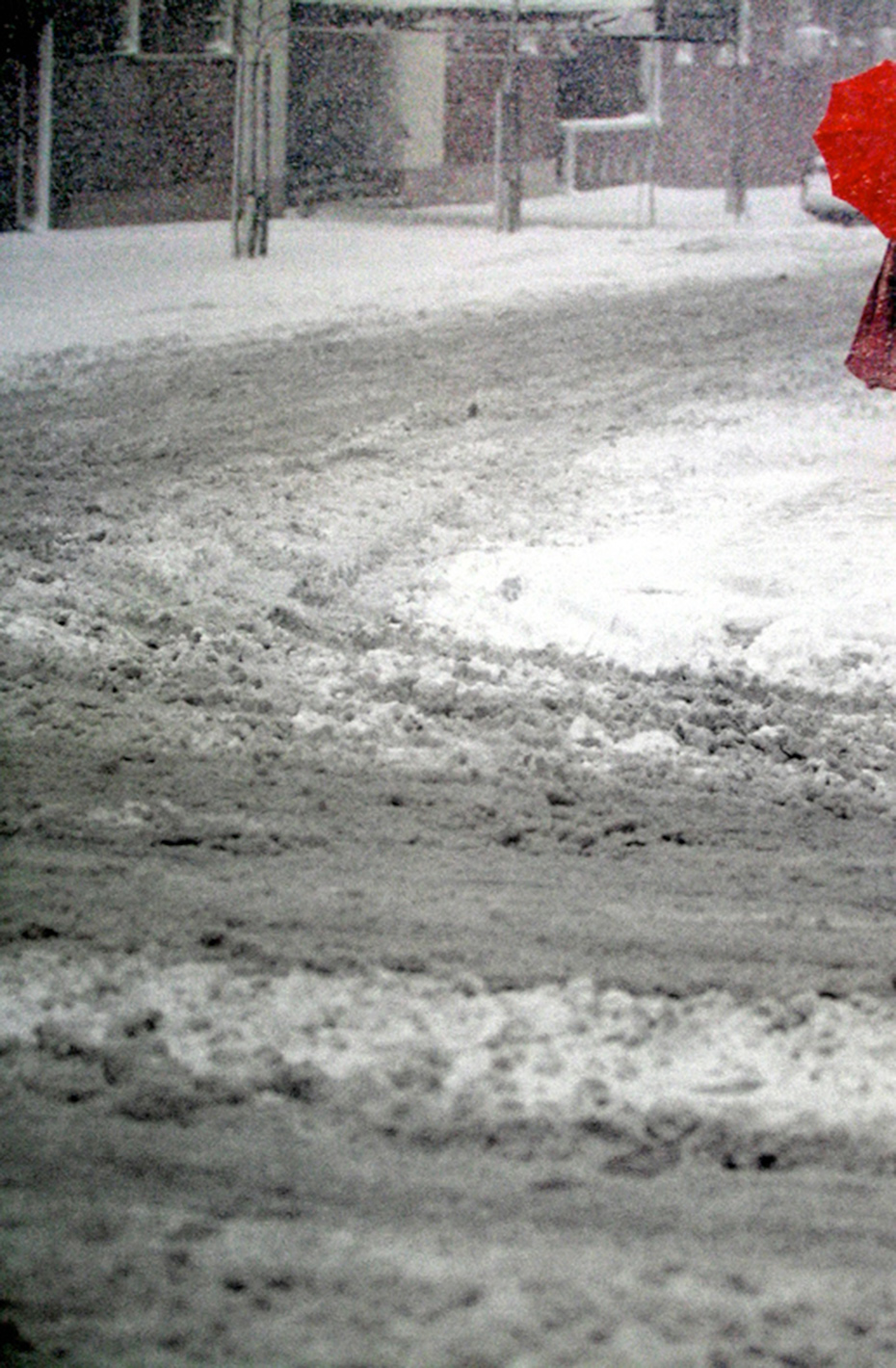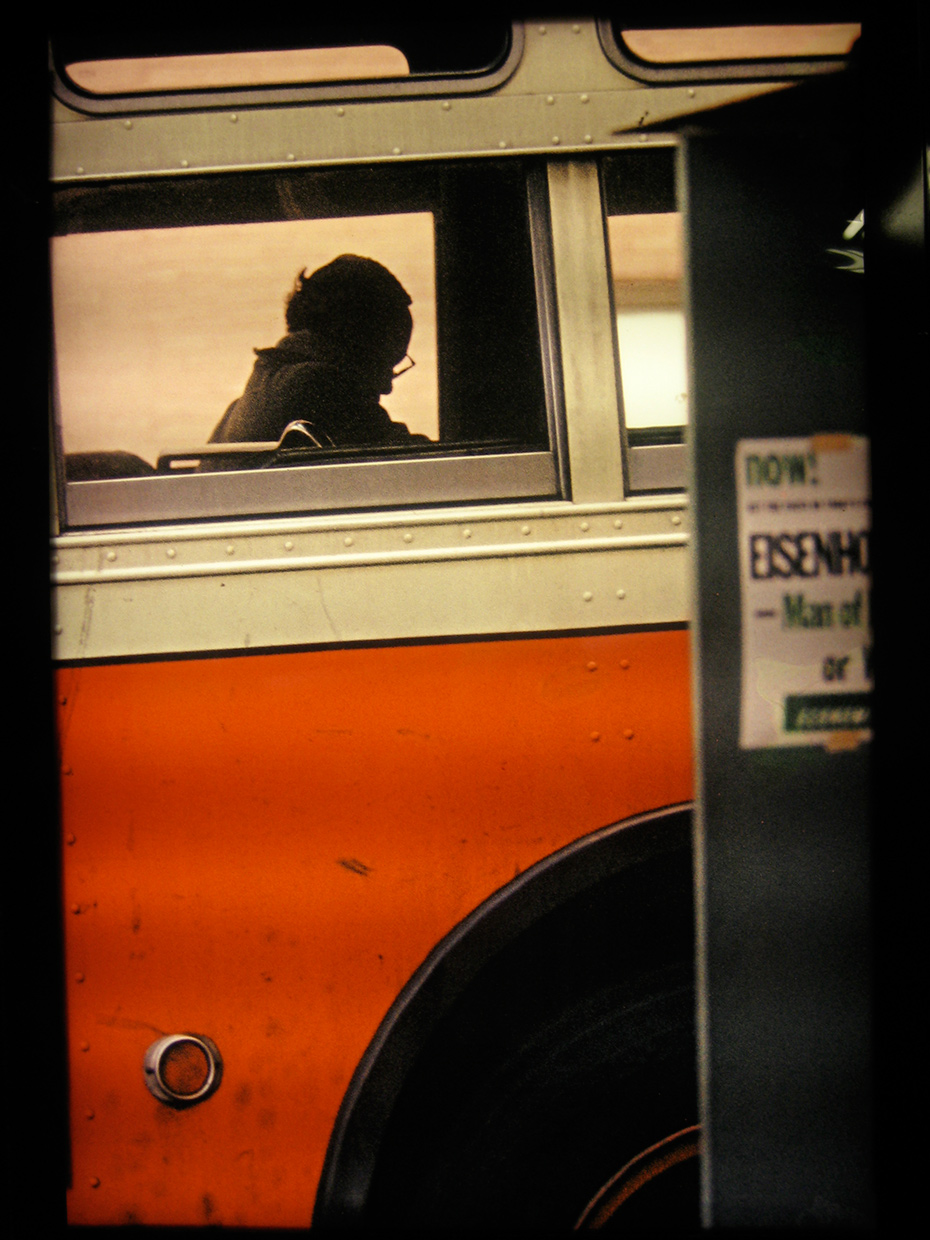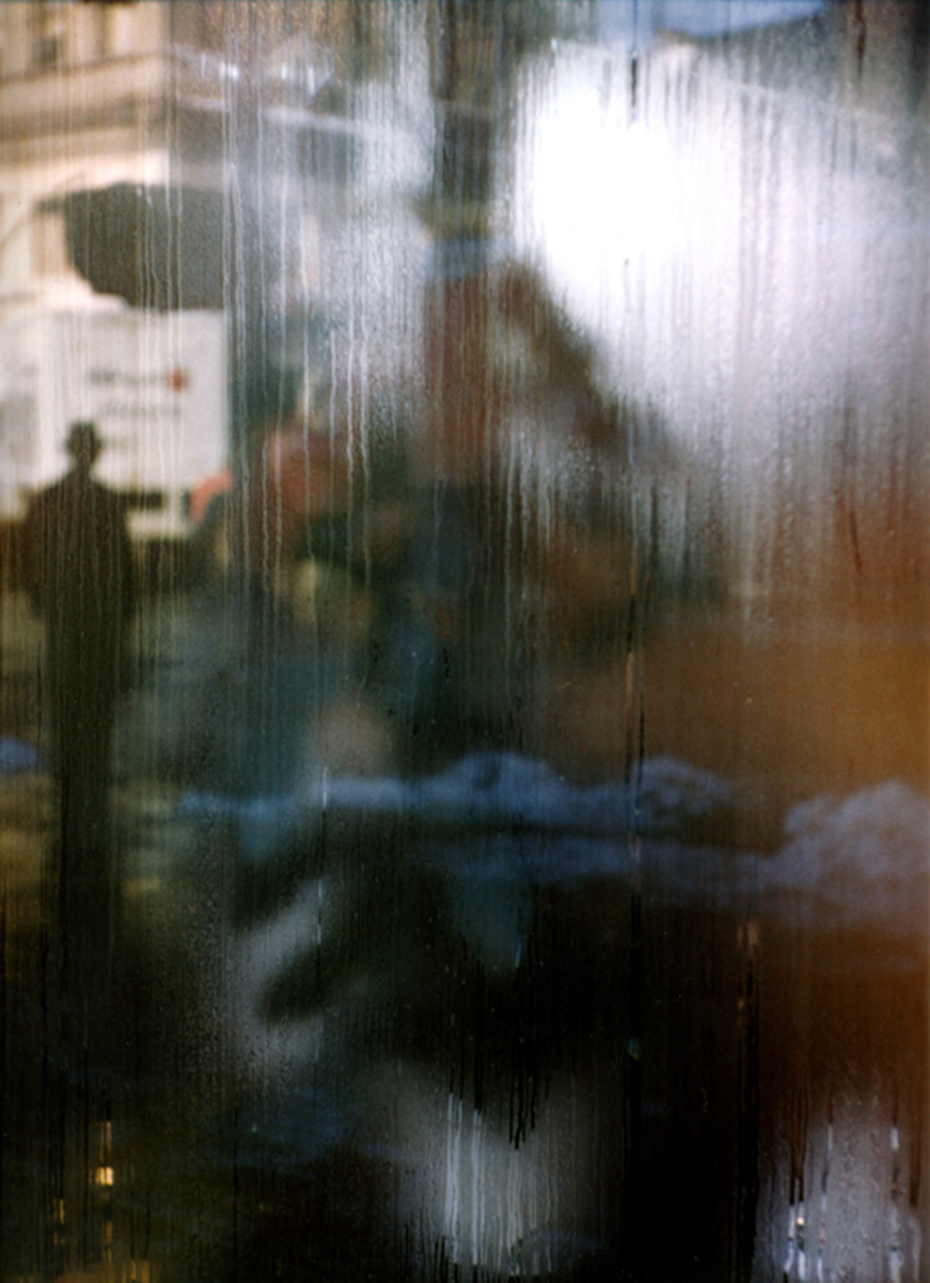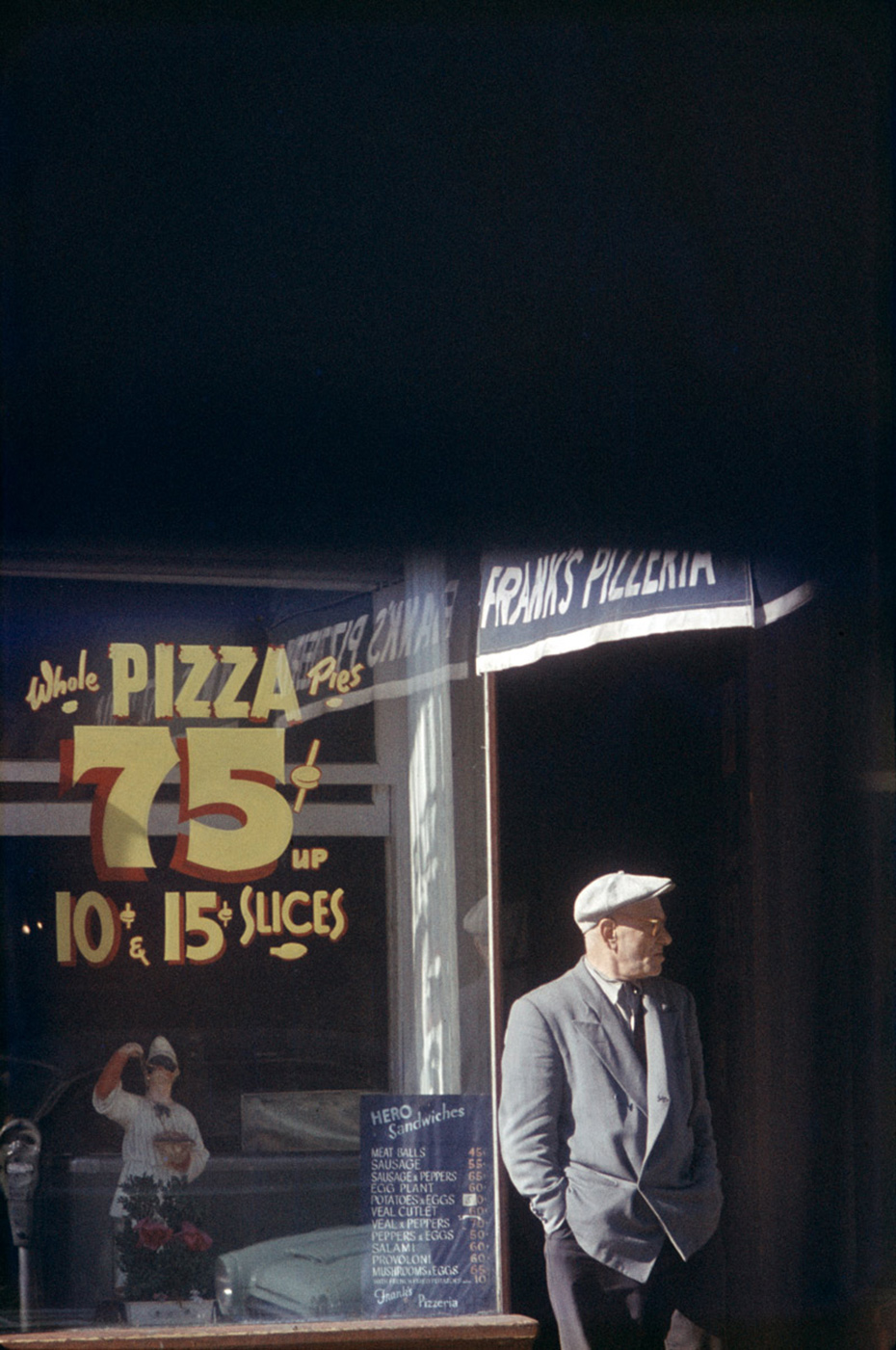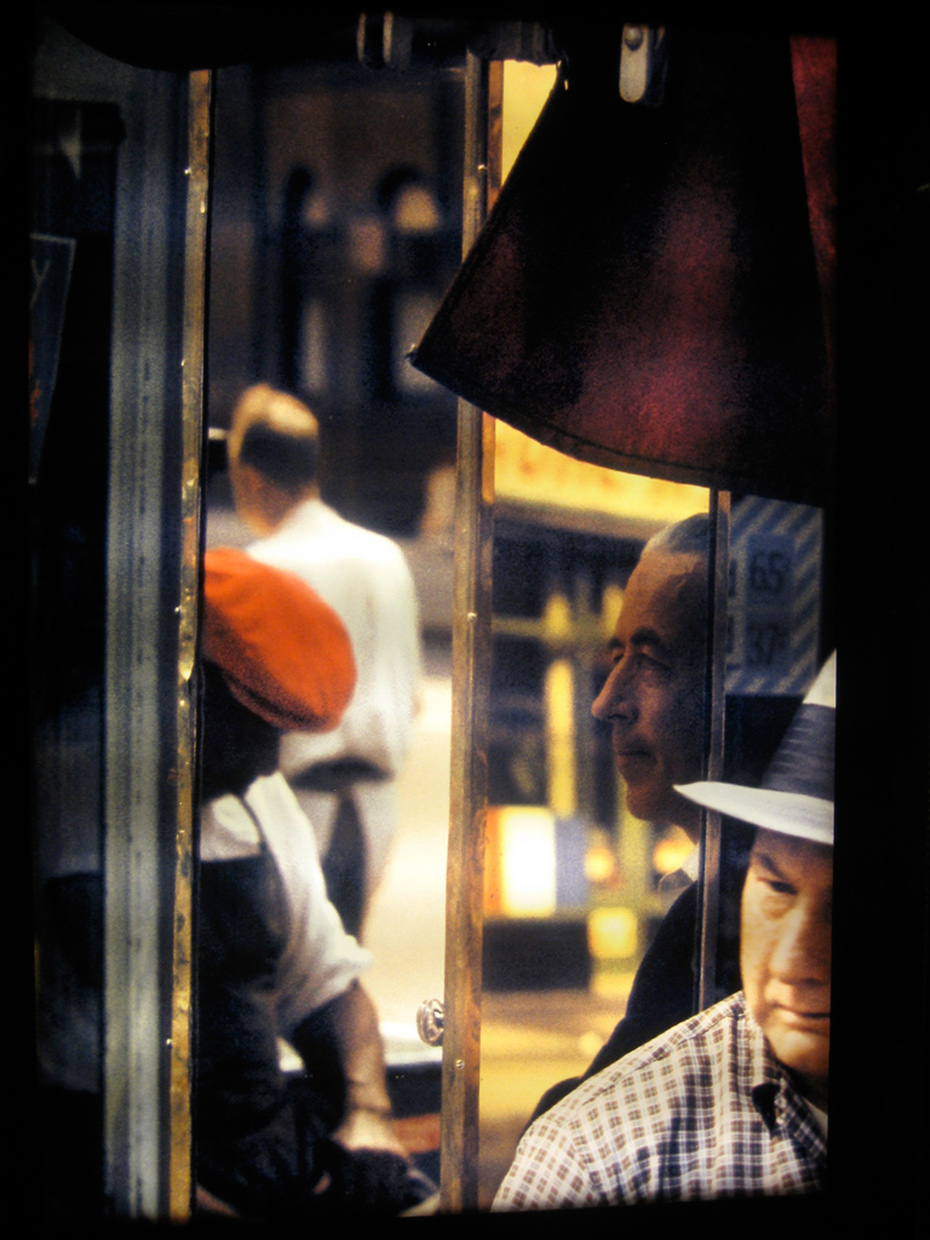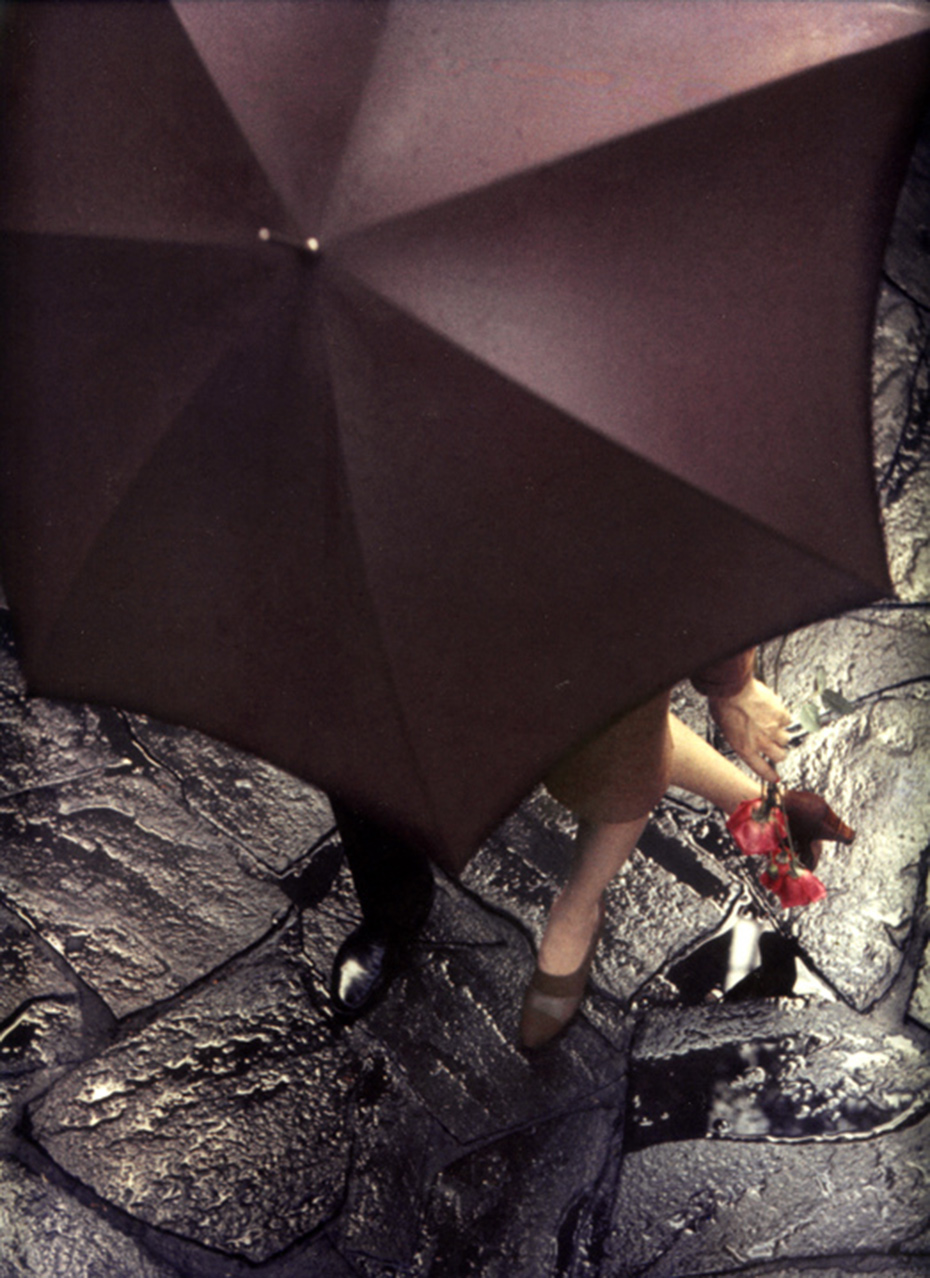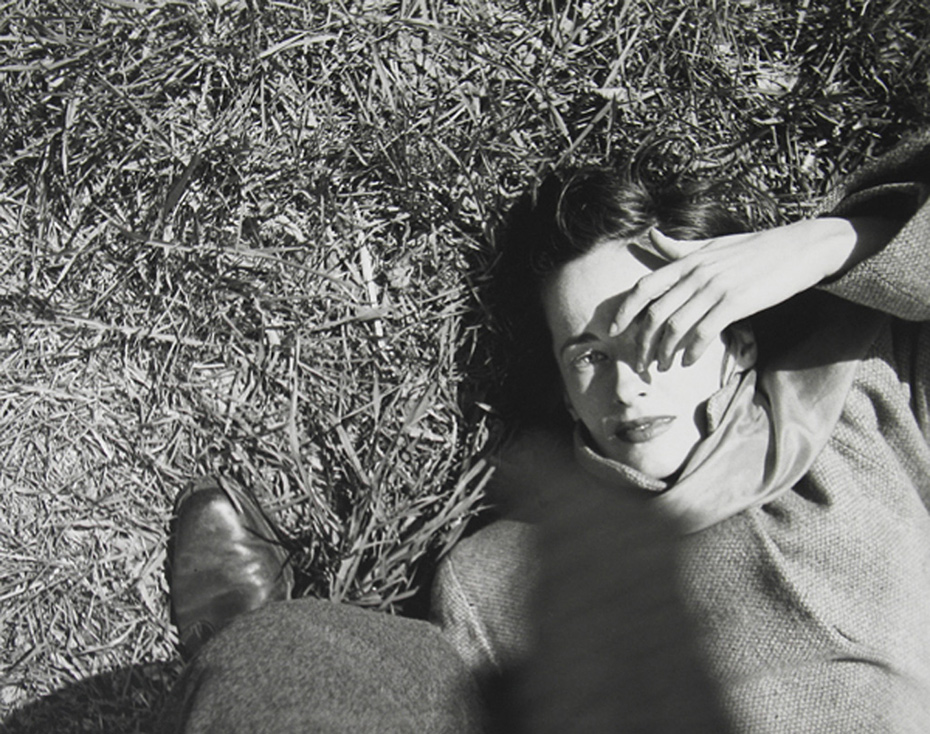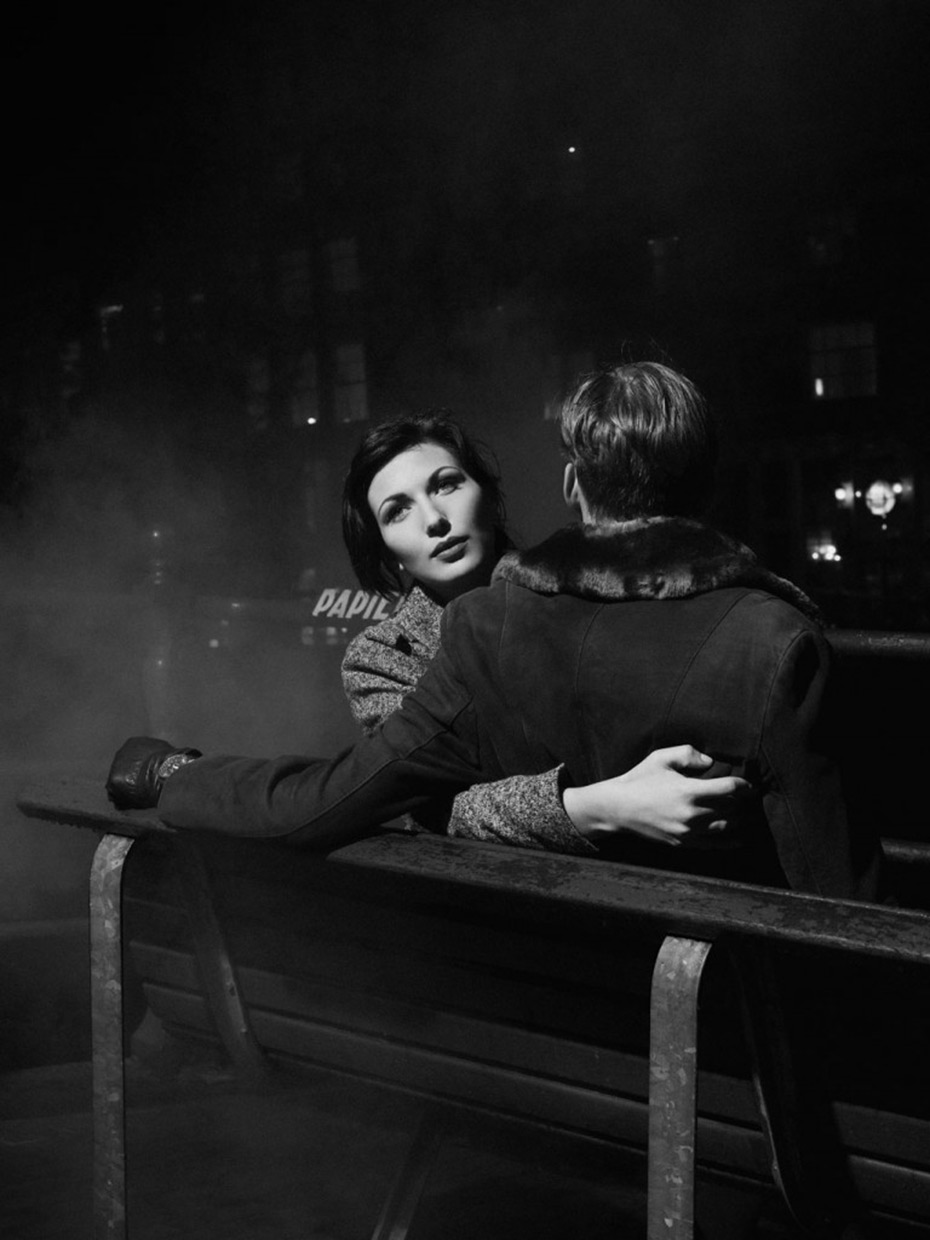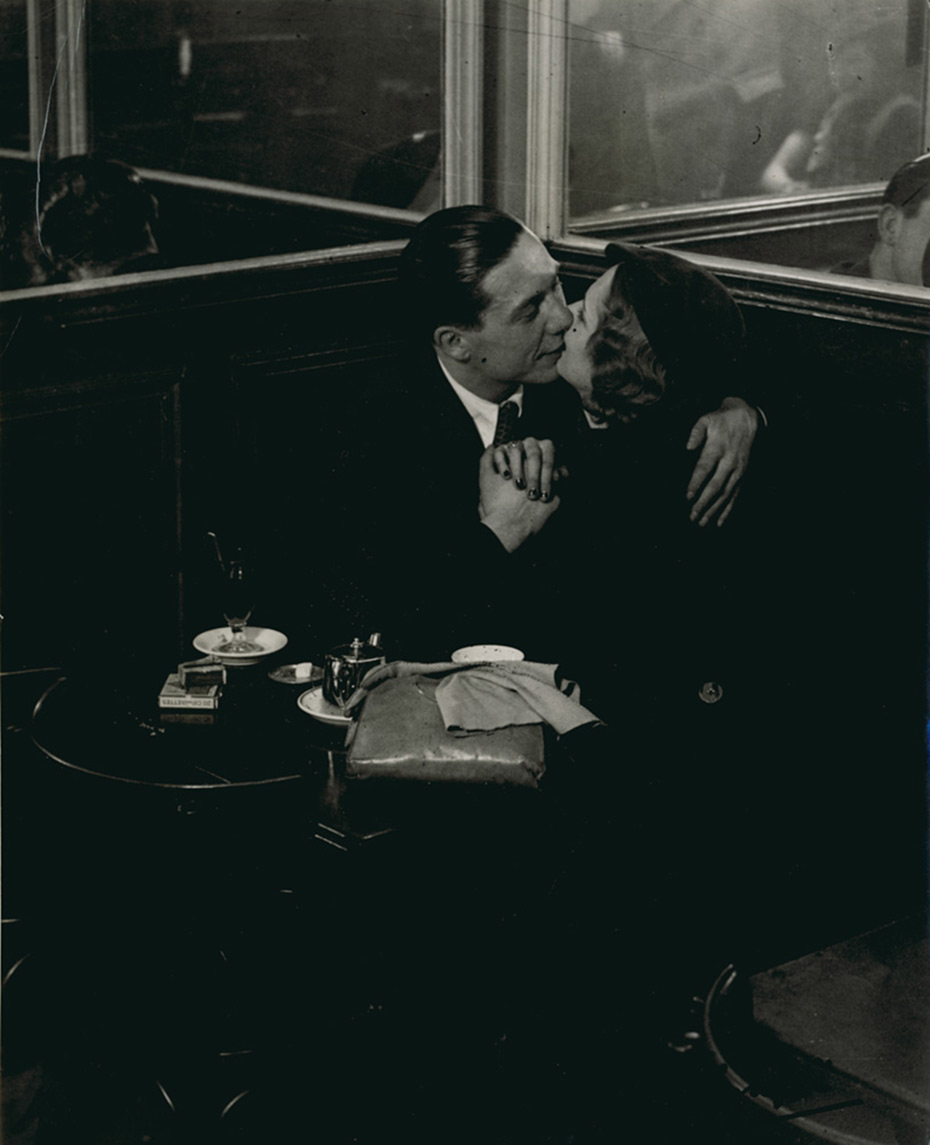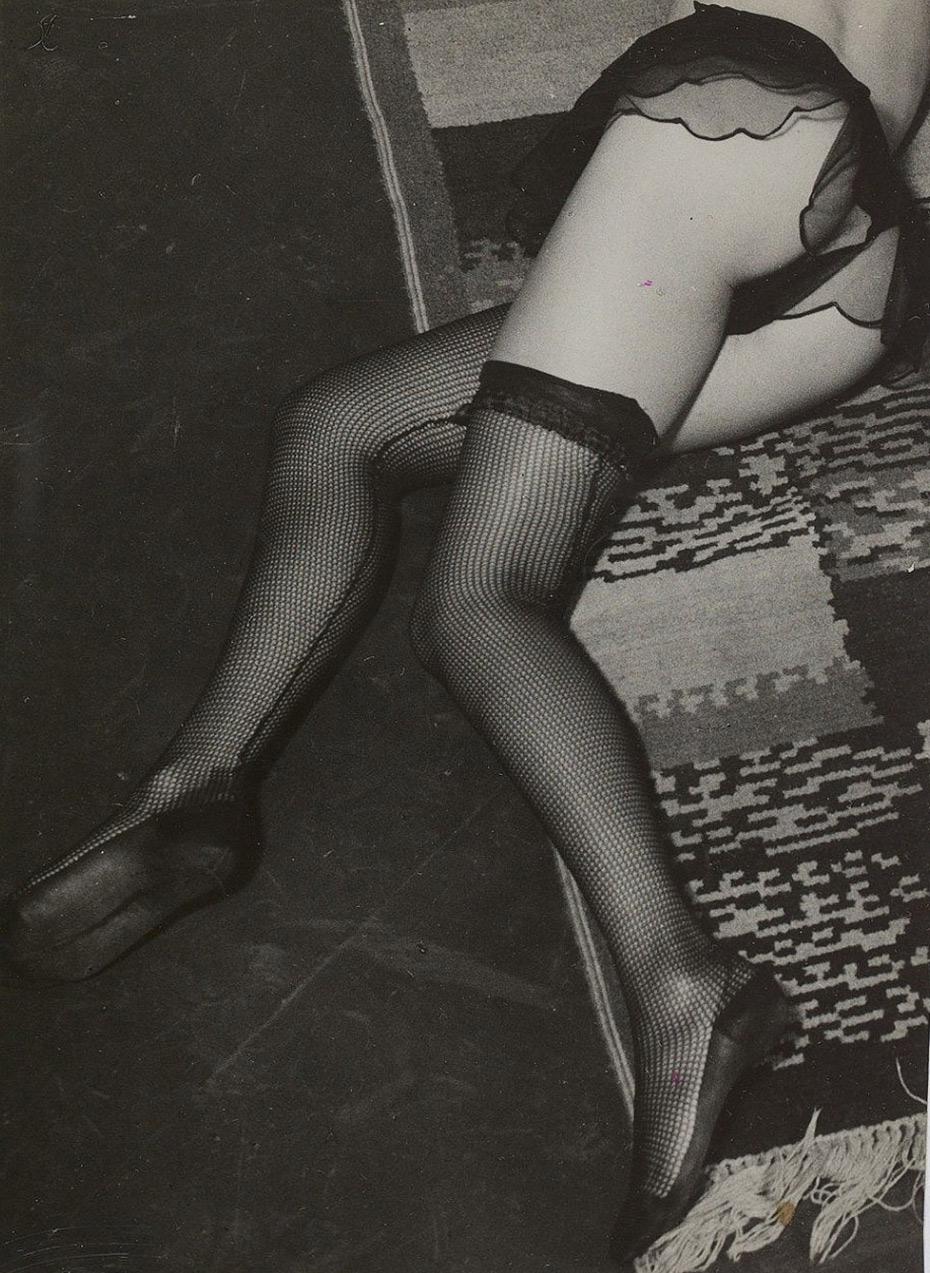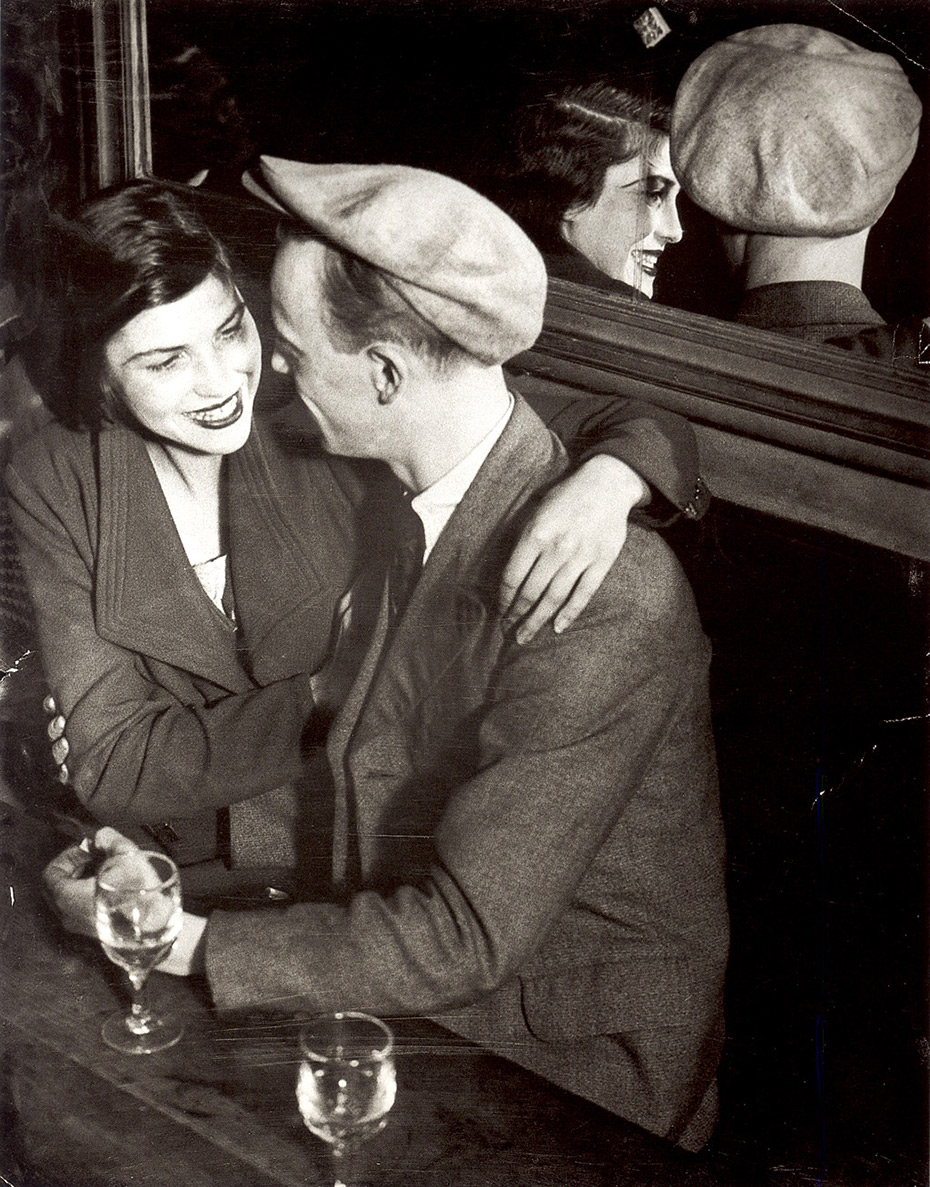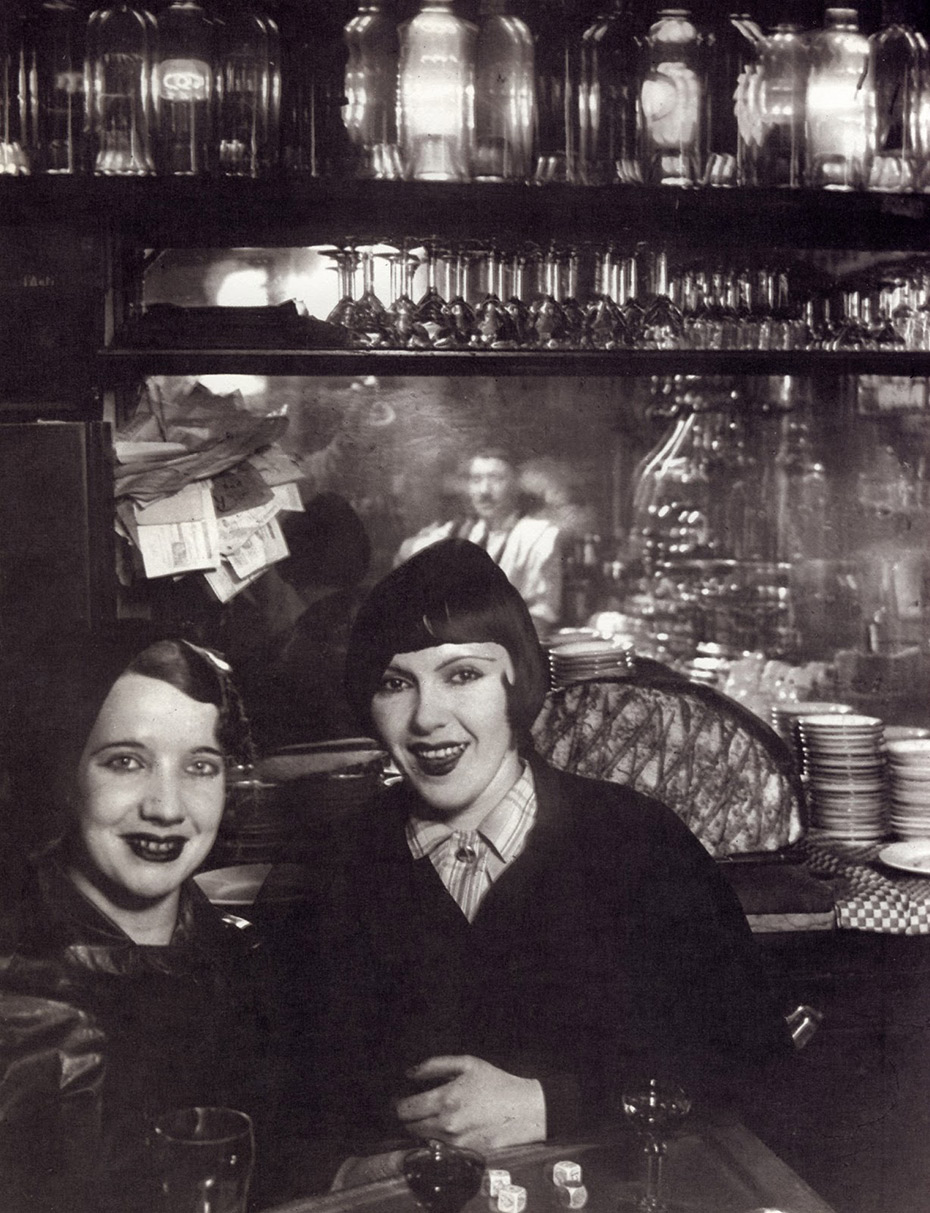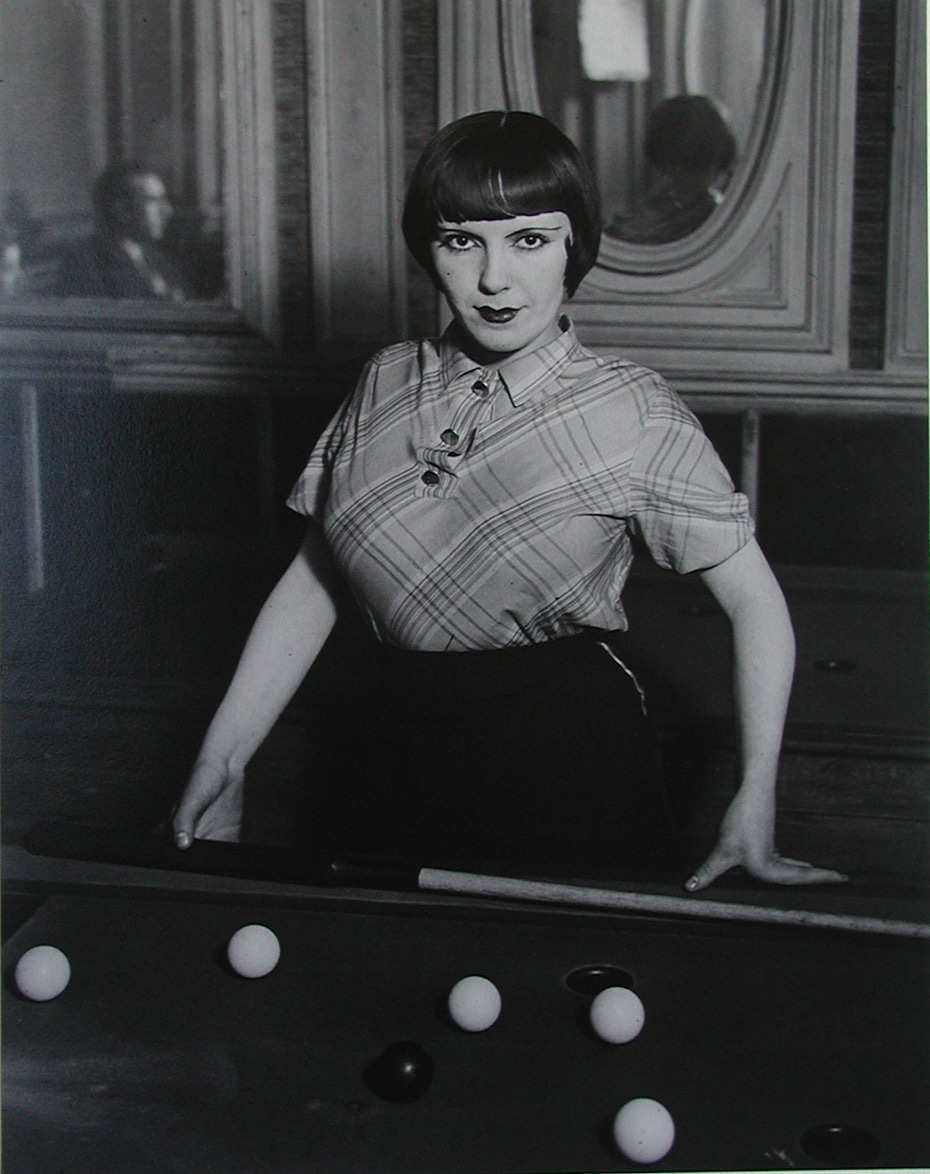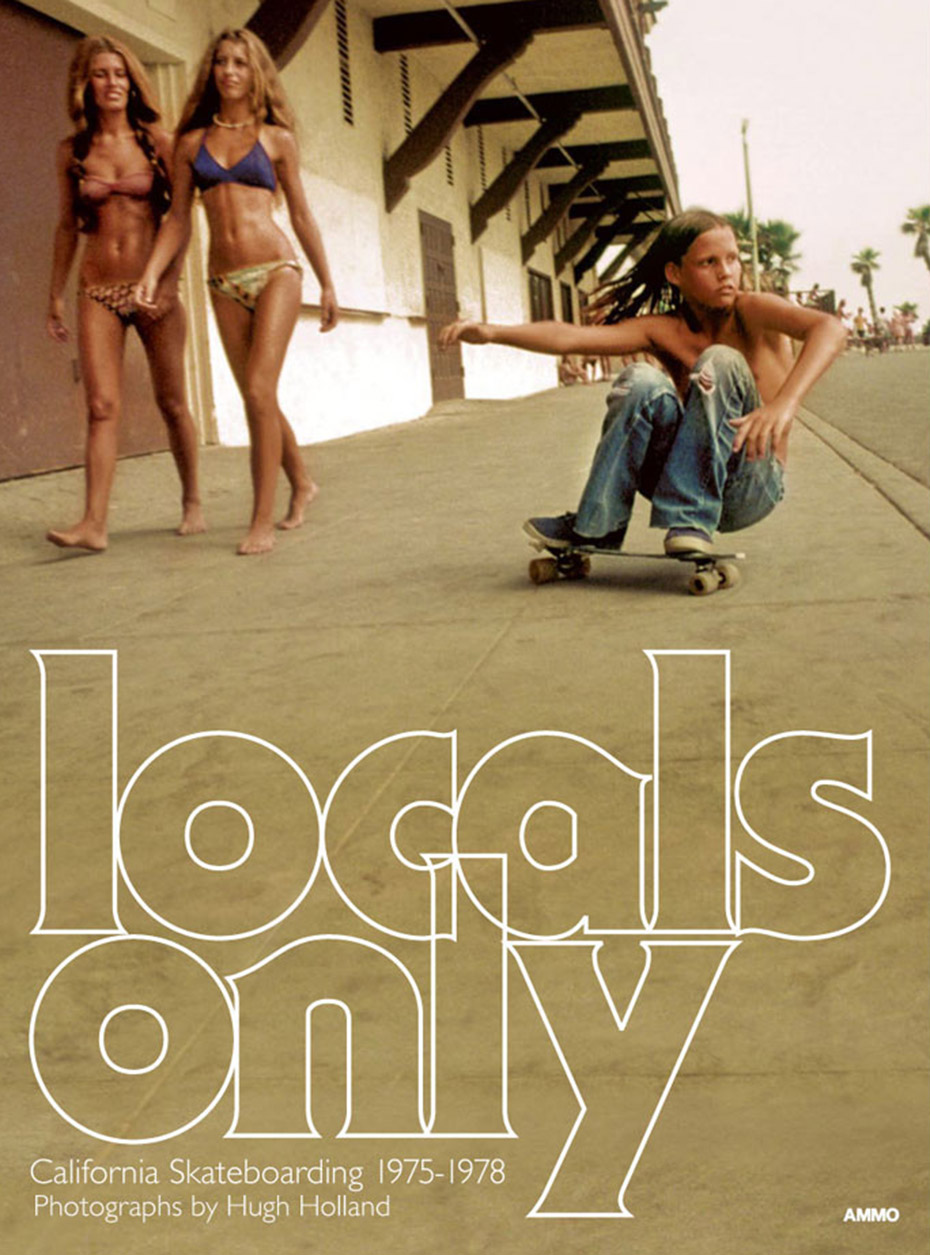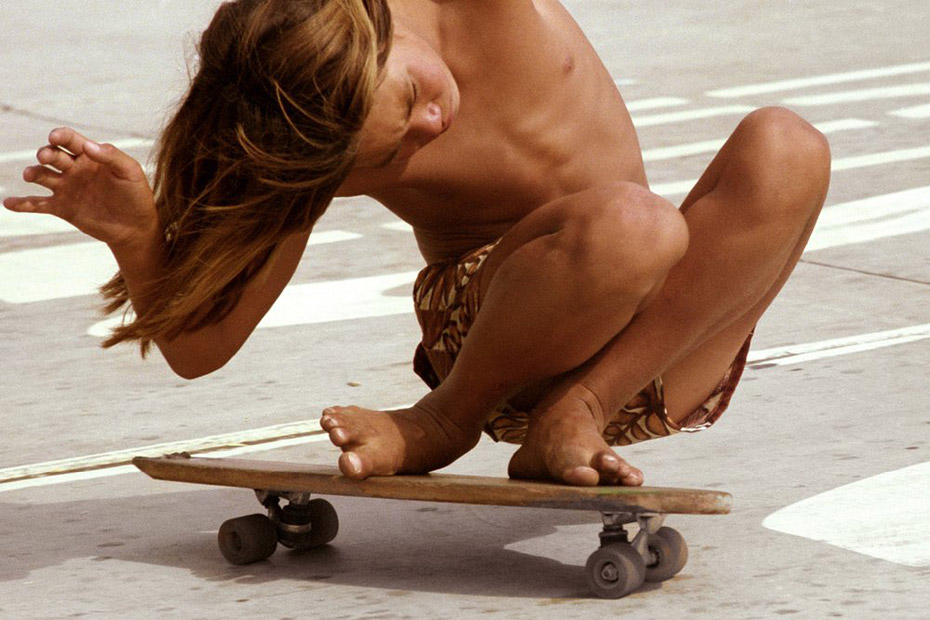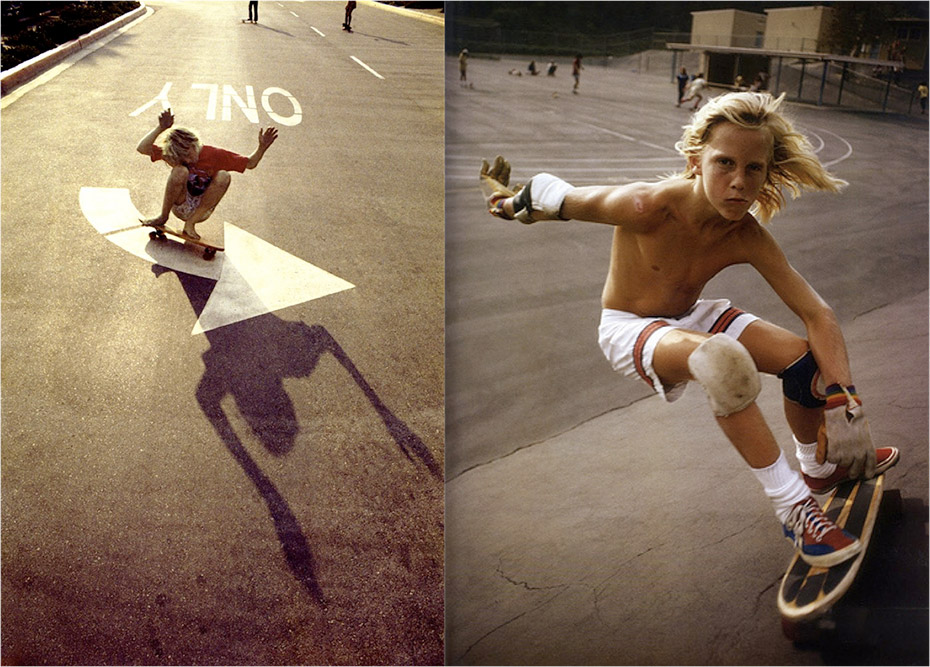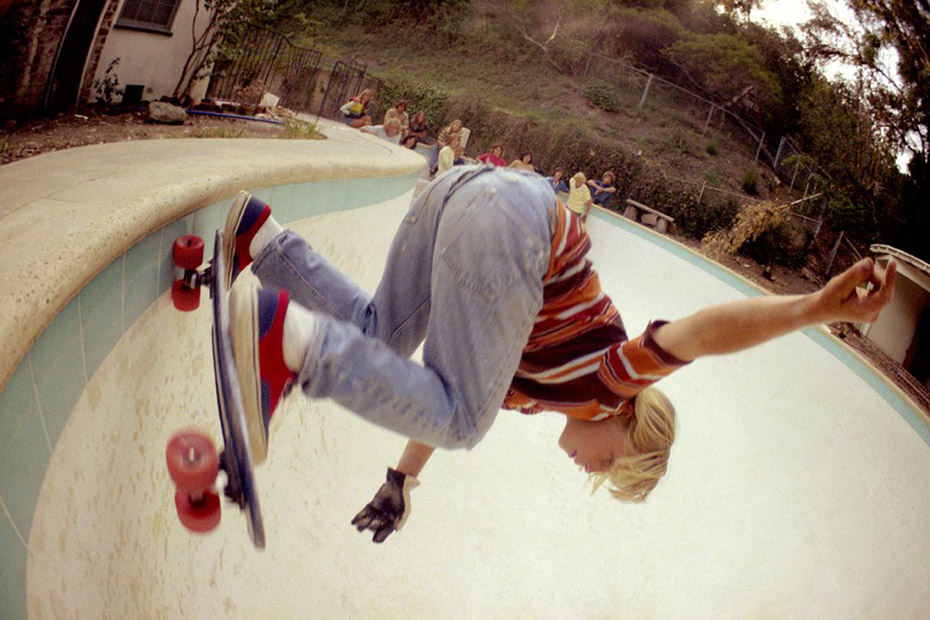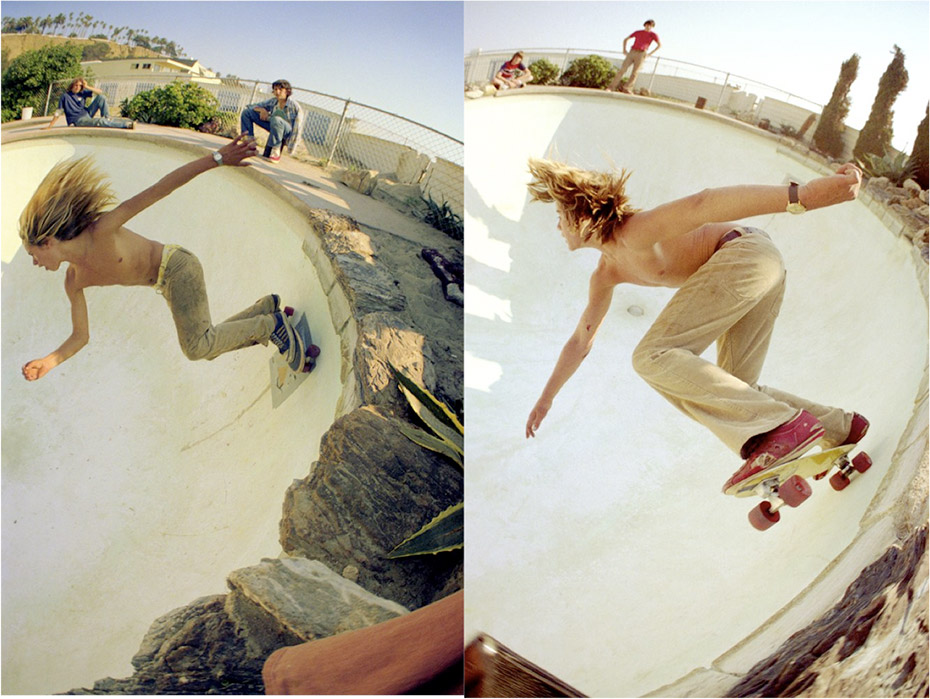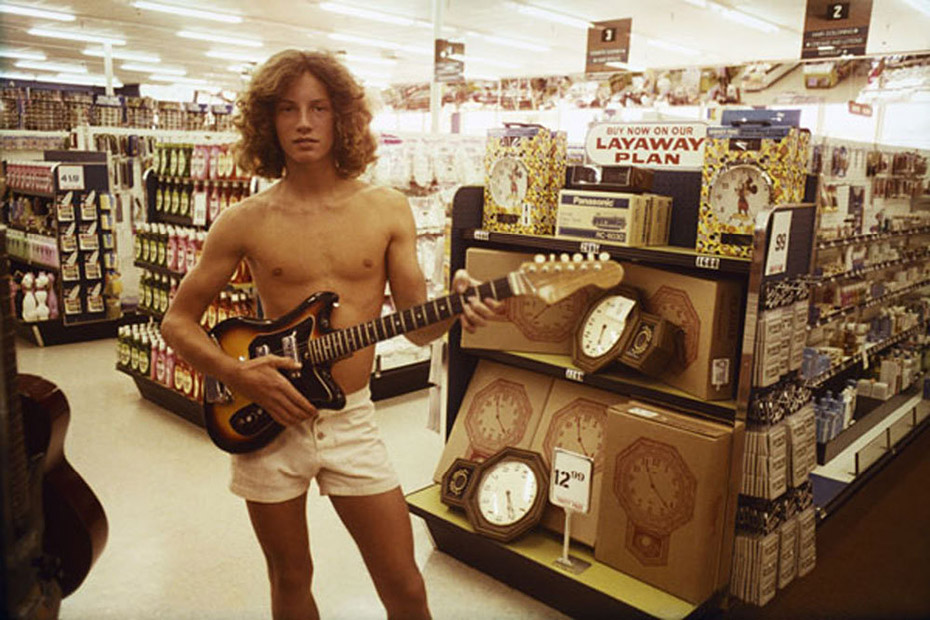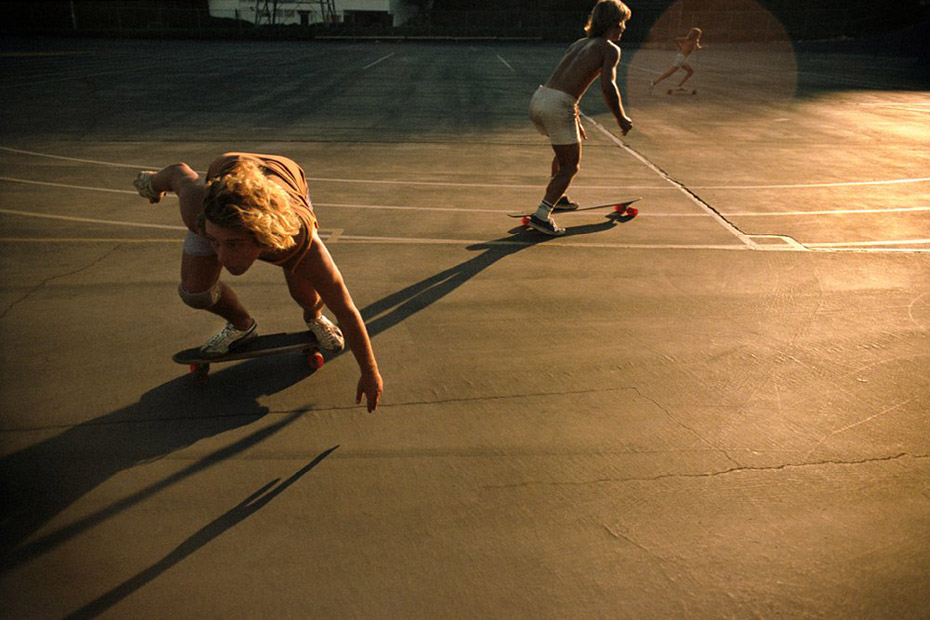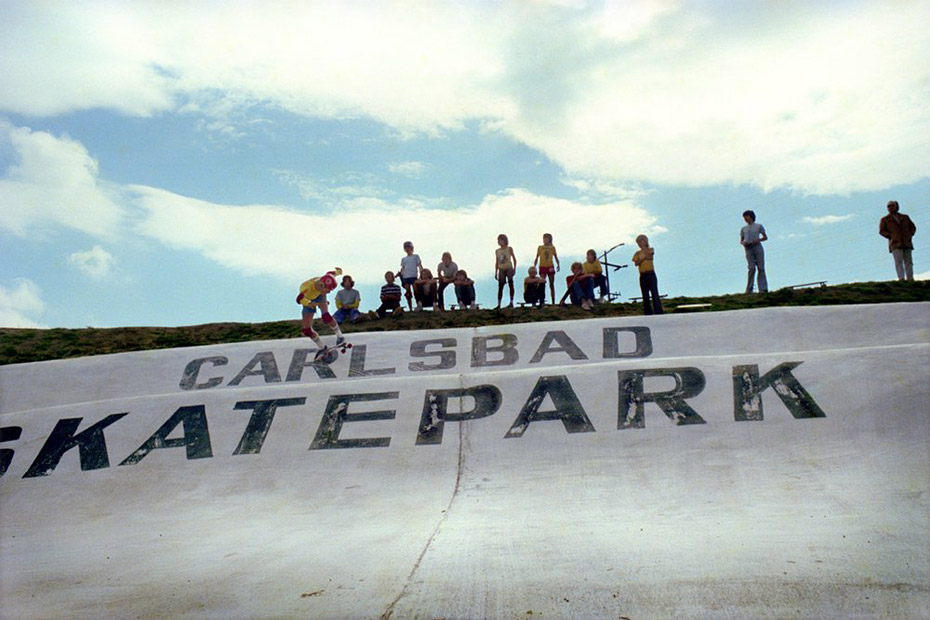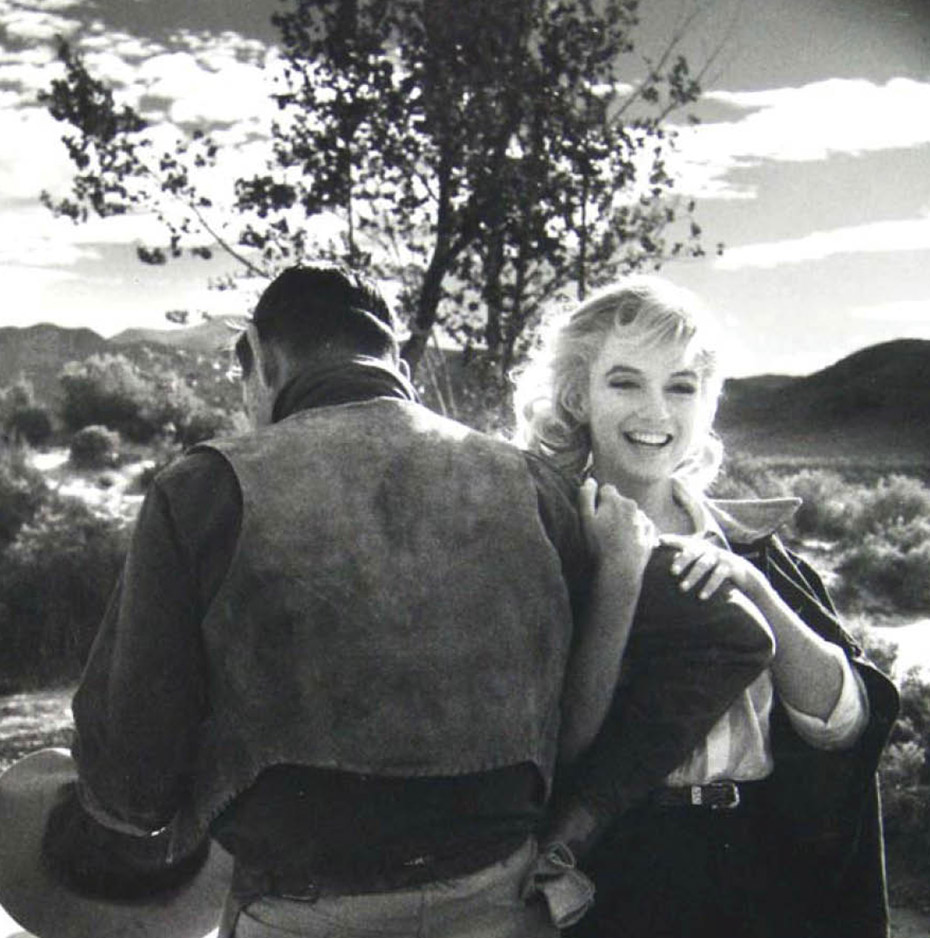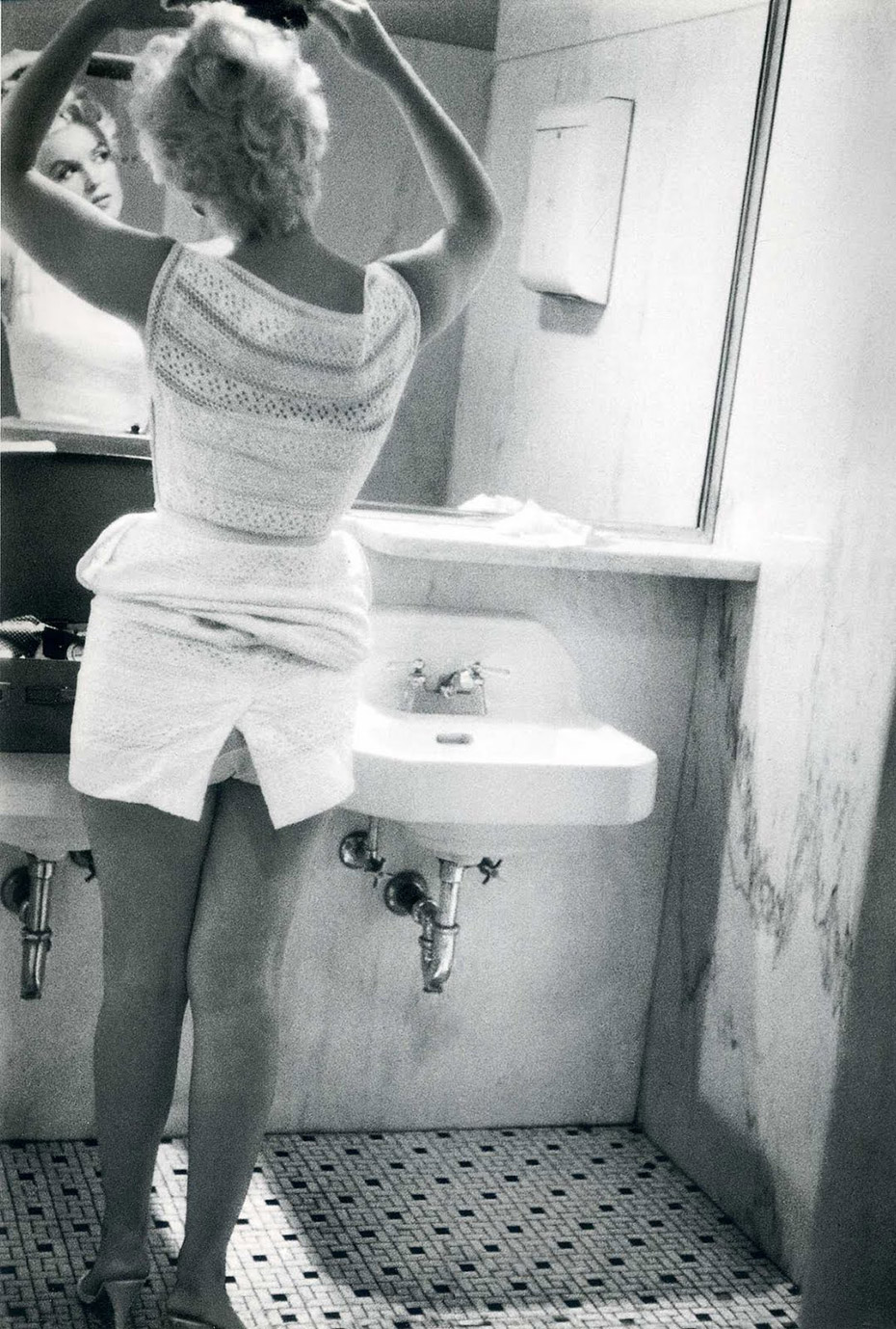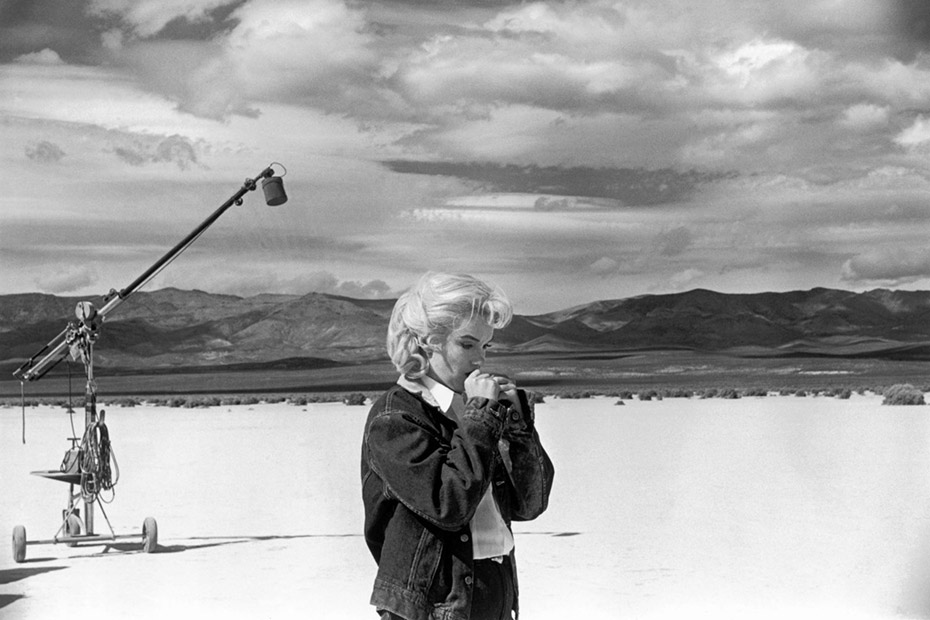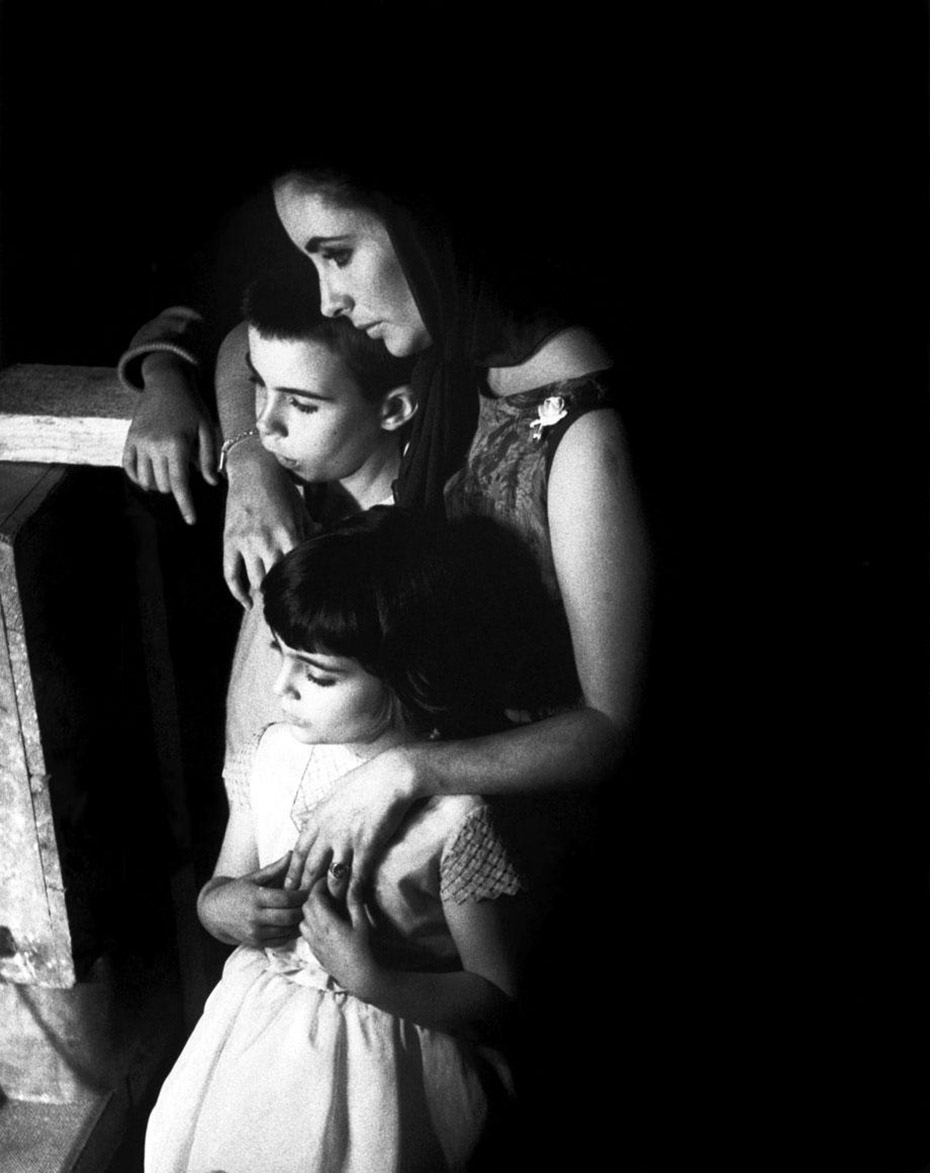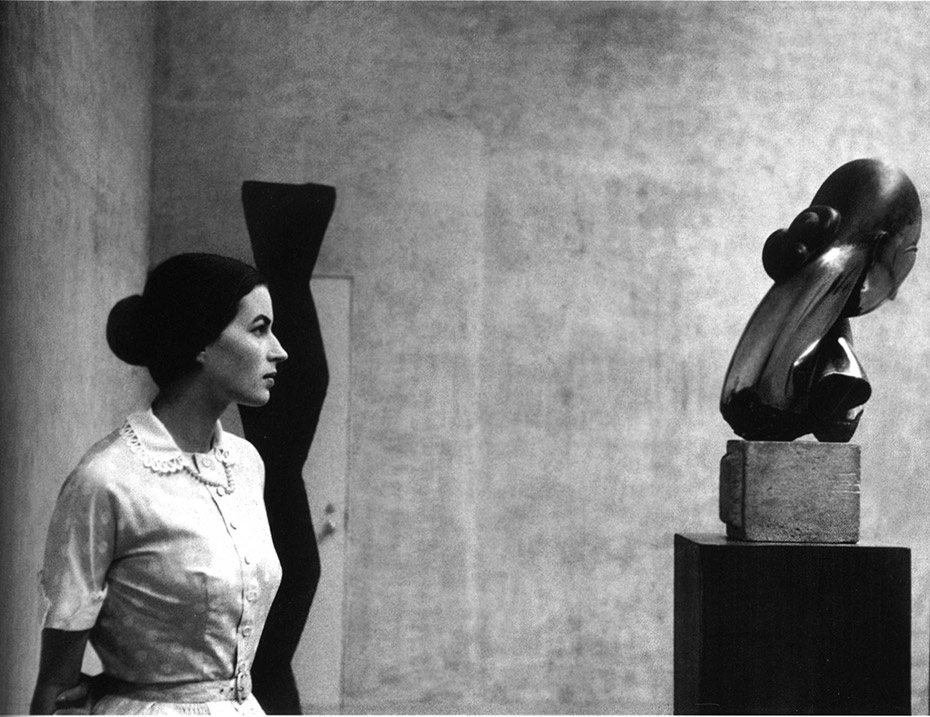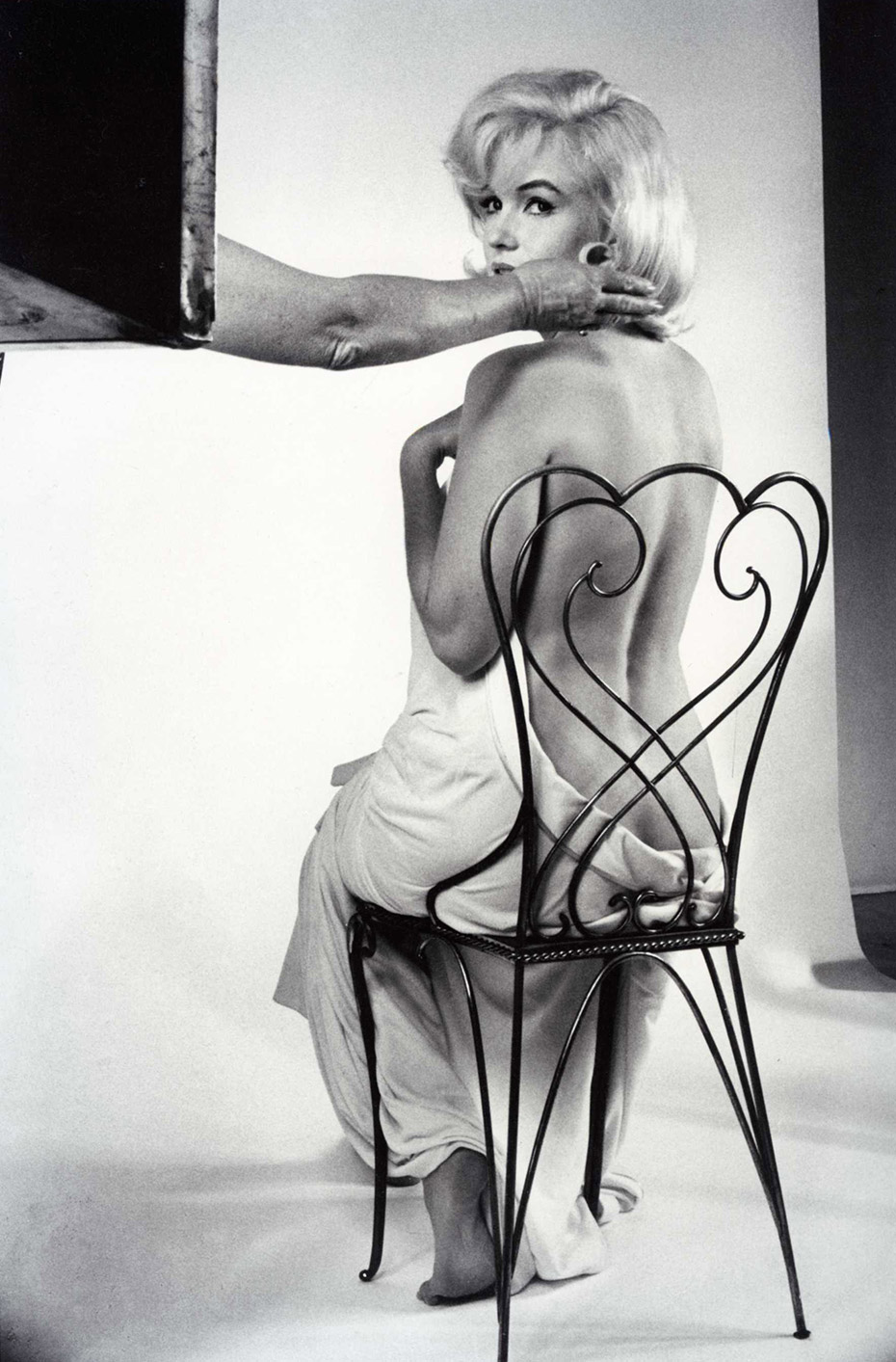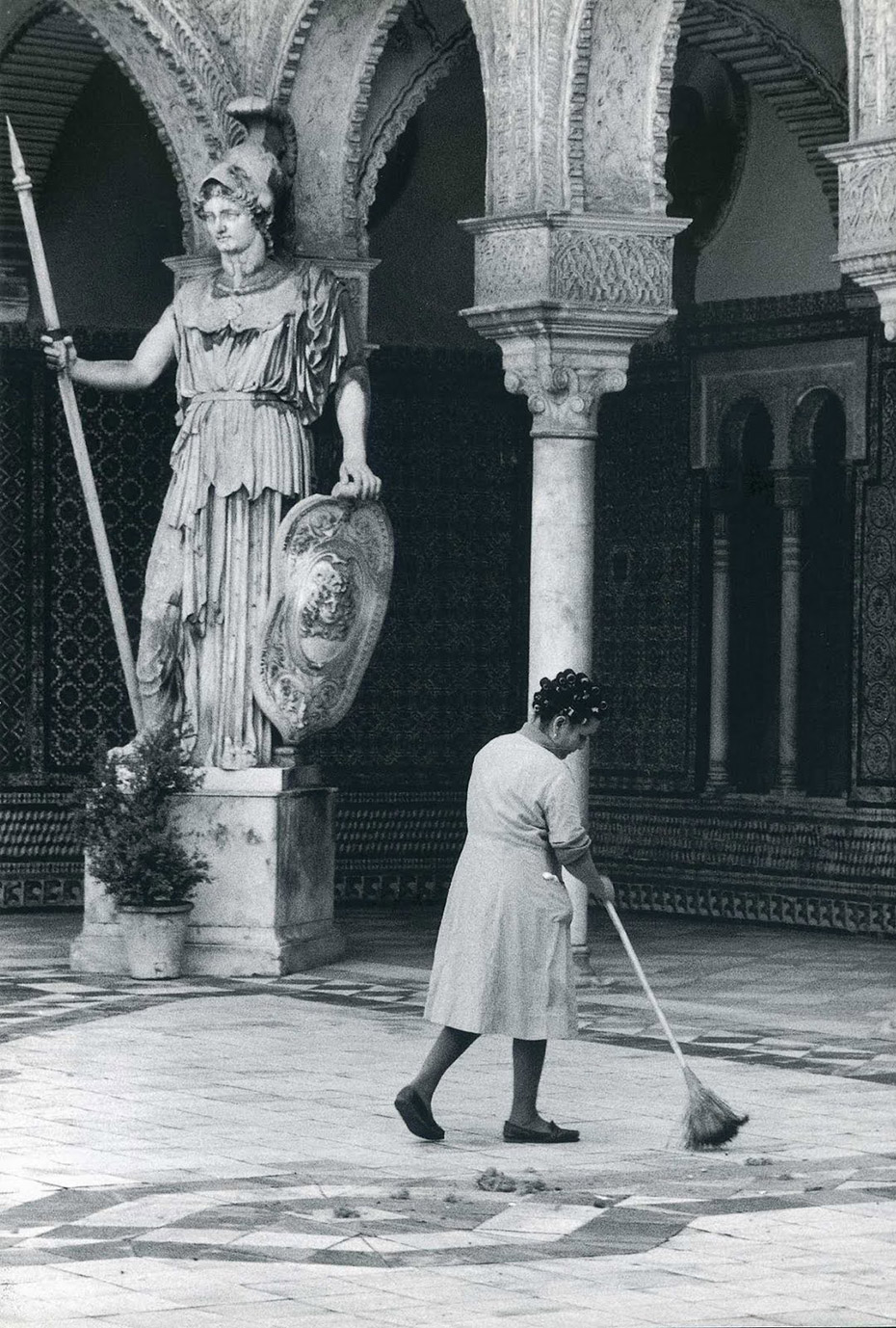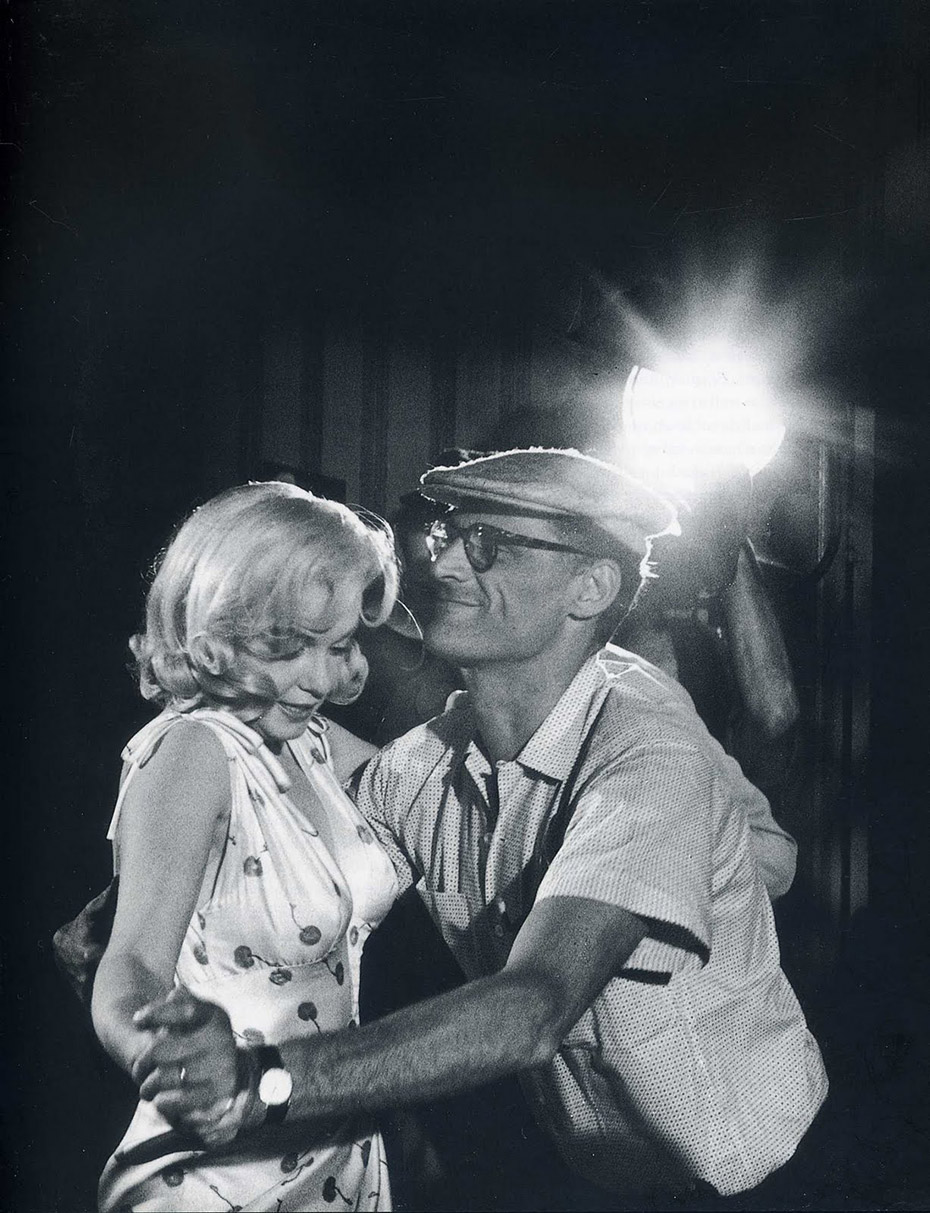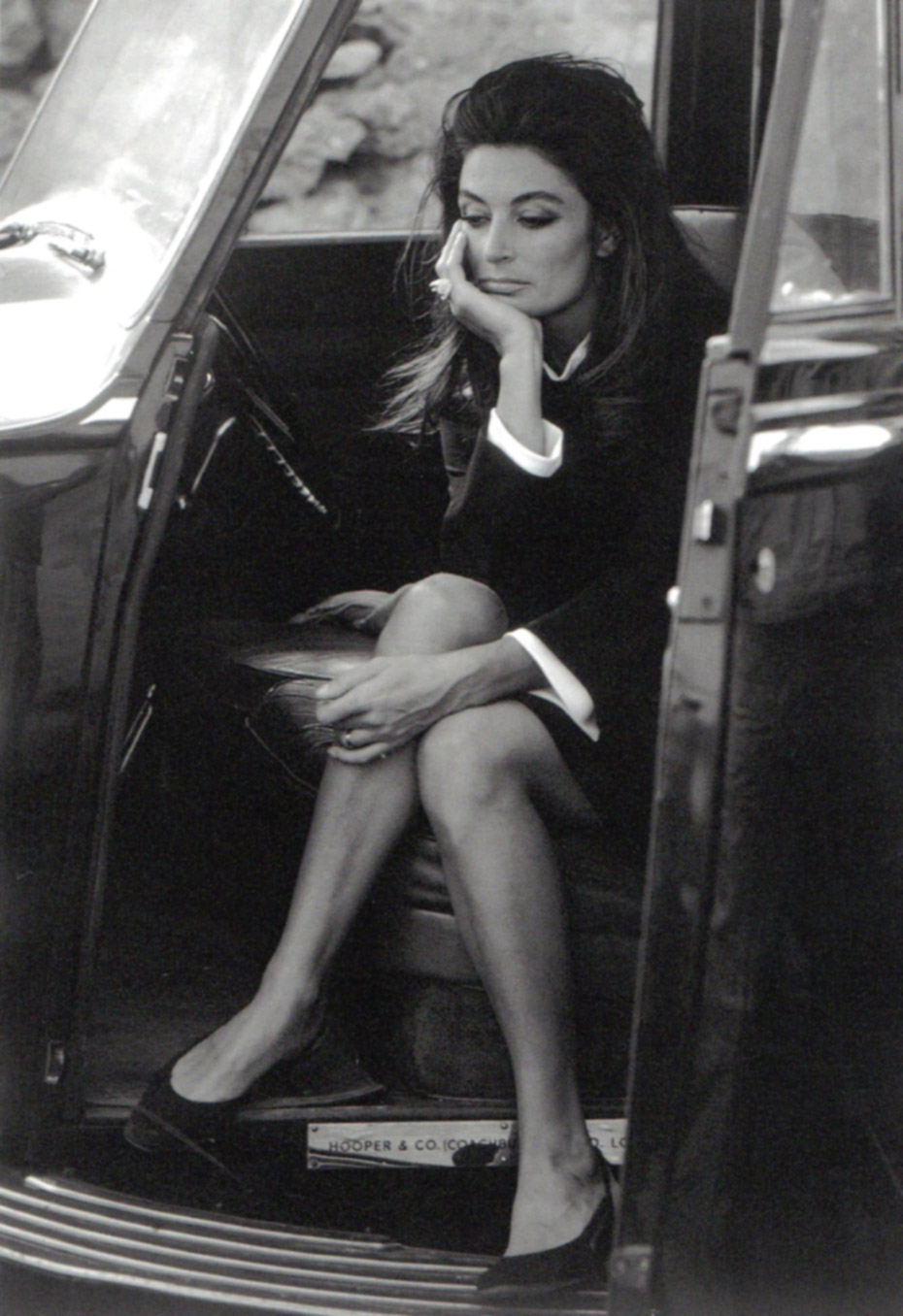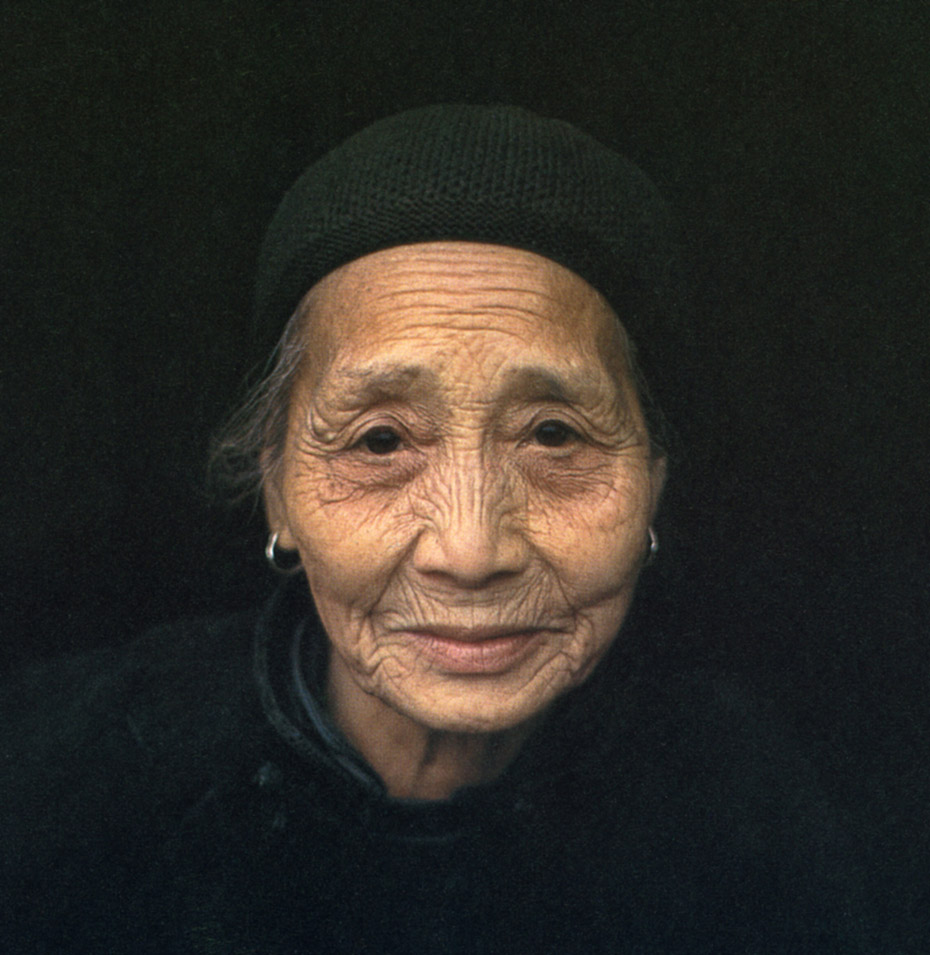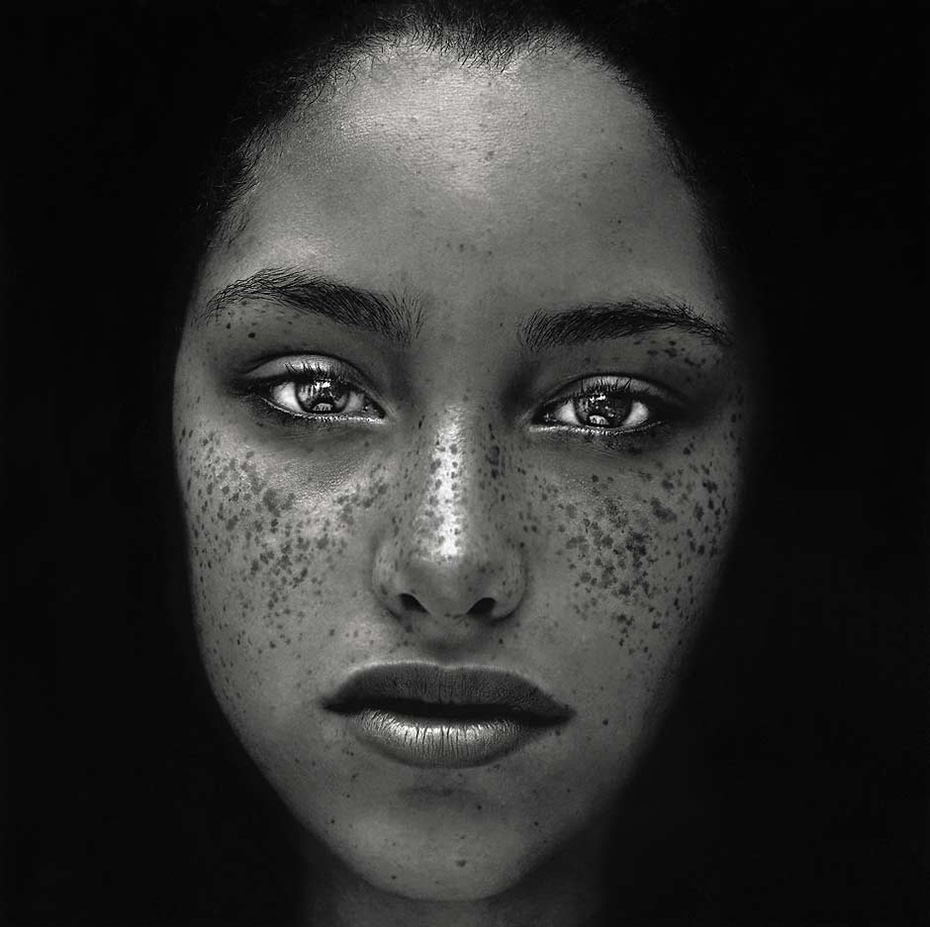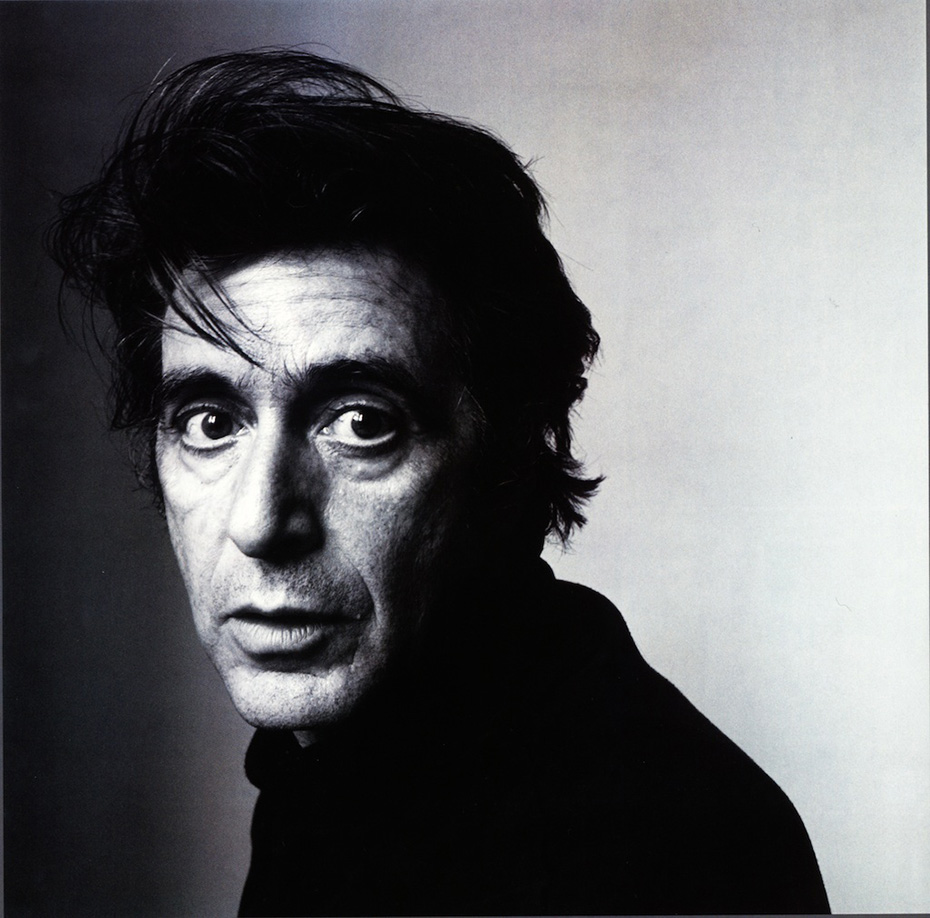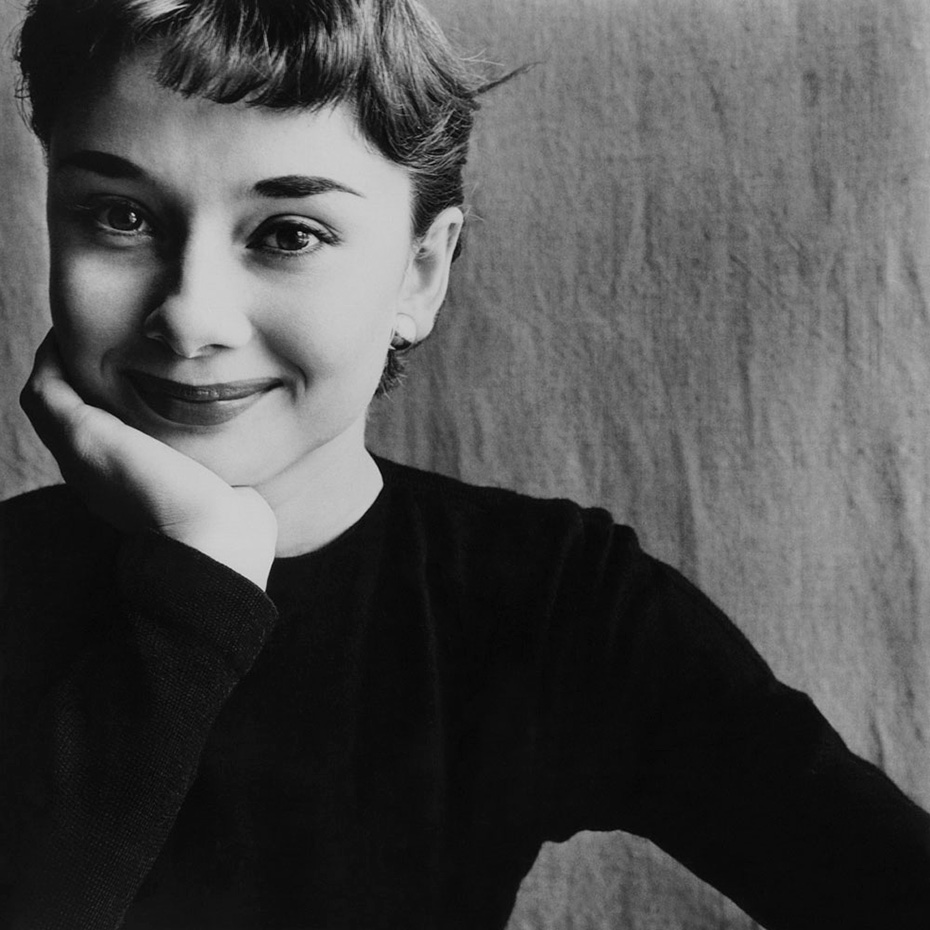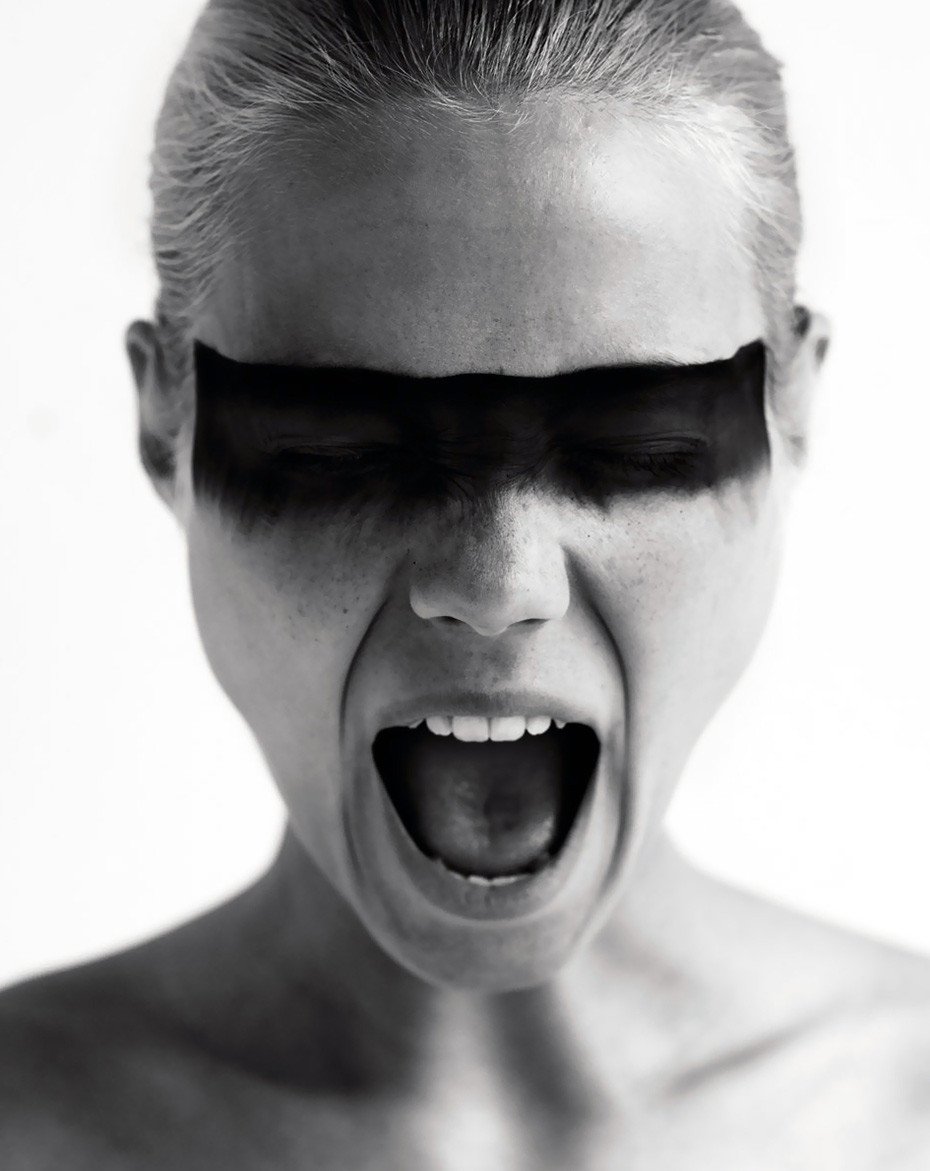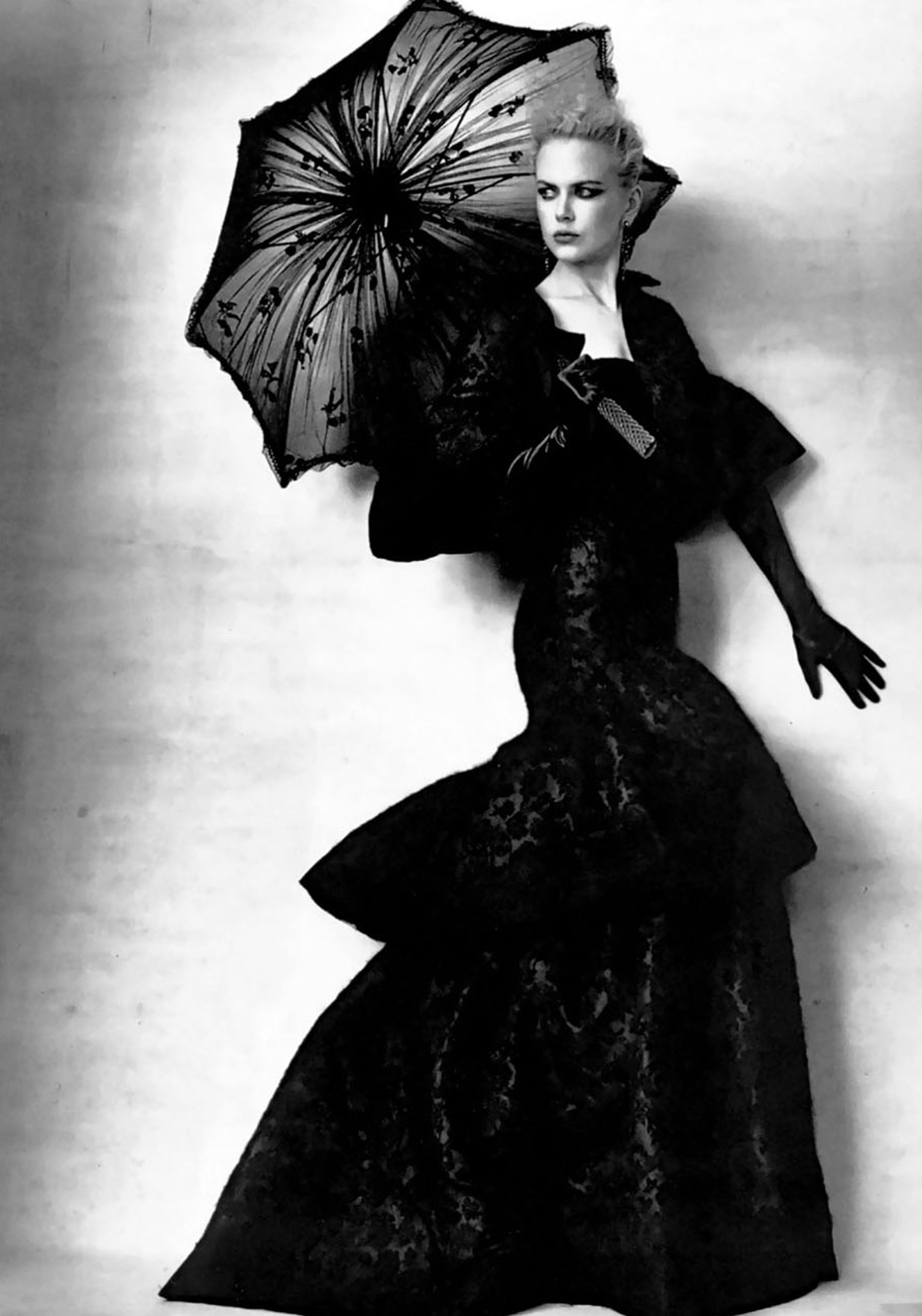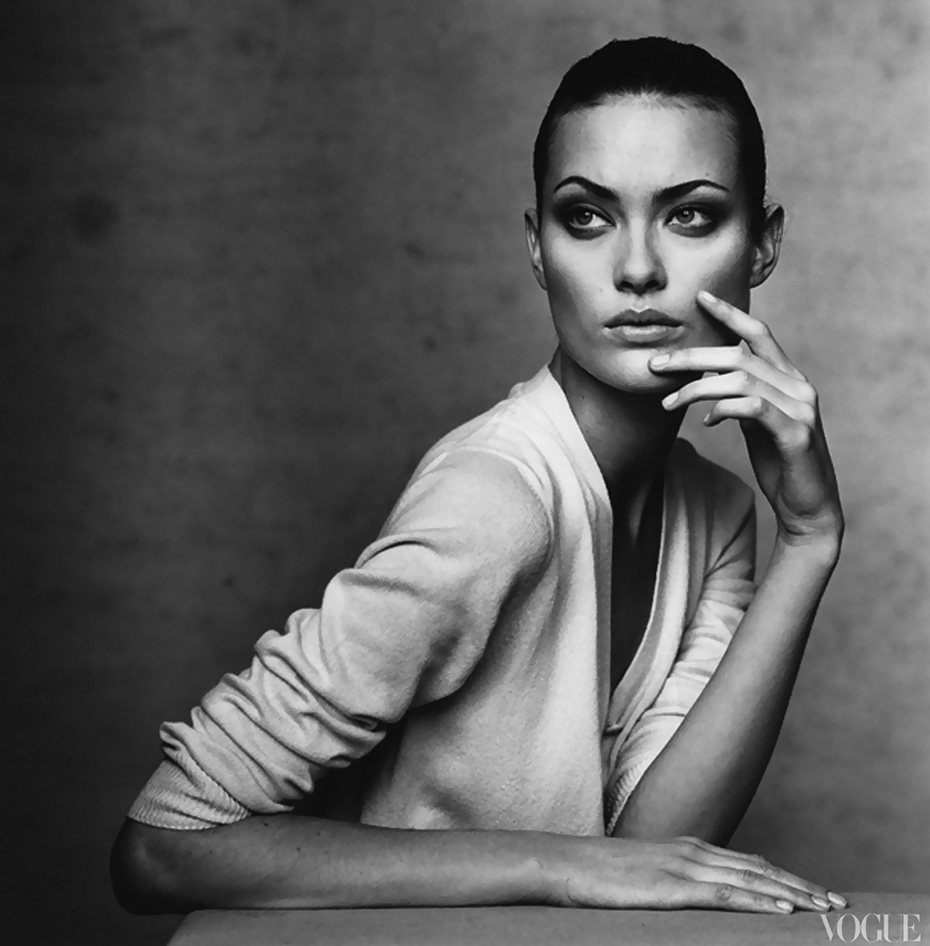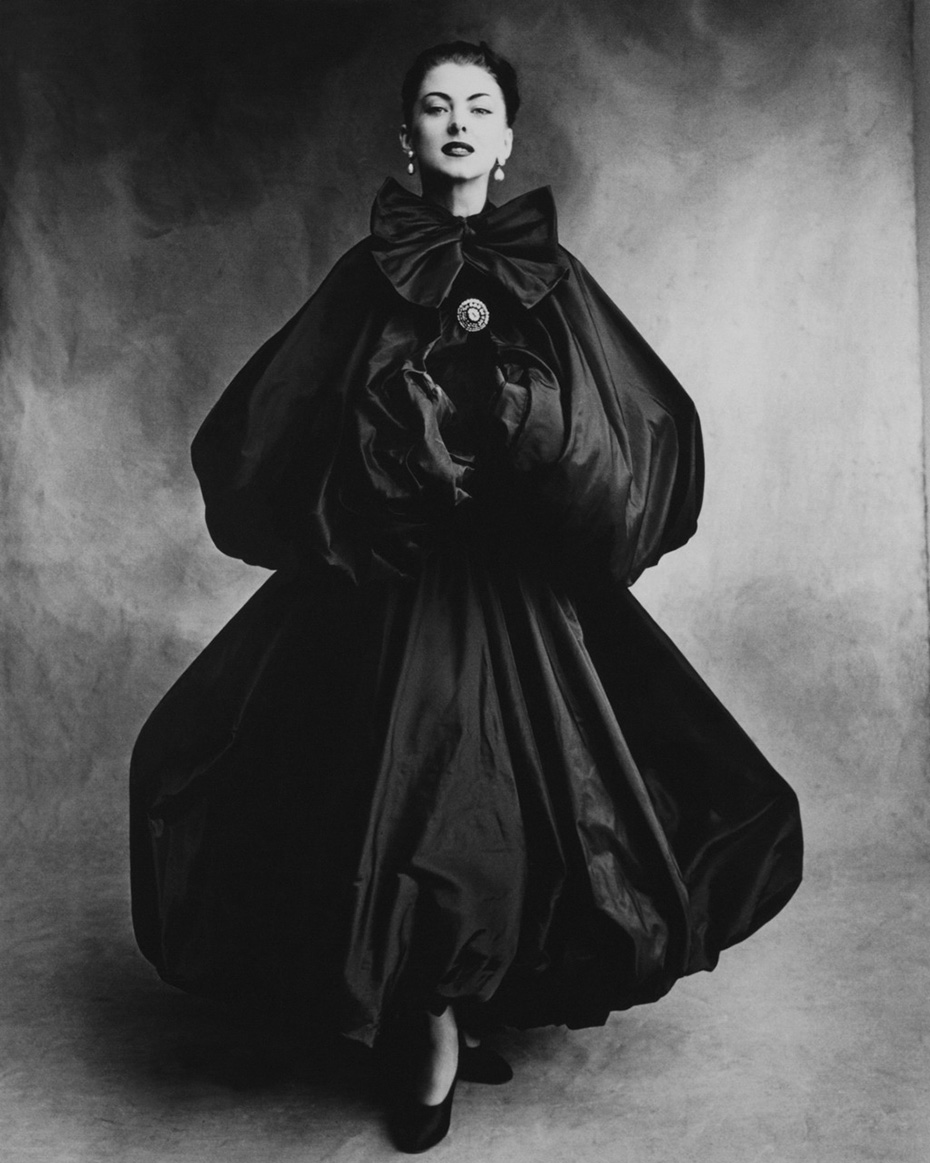Remembering Saul Leiter 1923-2013
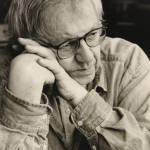 A self-taught photographer, Leiter undertook his artistic education by spending every summer in the library of the University of Pittsburgh and visiting exhibitions at the Museum of Modern Art in New York. He devoted himself primarily to painting and it is thanks to the abstract expressionist painter Richard Poussette-Dart that he began to take a serious interest in photography. In 1947, he discovered ‘street photography’ by visiting the exhibition of Henri Cartier-Bresson at MoMA and at the same time became the owner of a Leica. He photographed the streets of New York in black and white and in the following year became interested in colour. In 1953, Saul Leiter opened a photographic studio on Bleecker Street and has worked for thirty years for the most prestigious magazines such as Harper’s Bazaar, Esquire, Elle and British Vogue. (source)
A self-taught photographer, Leiter undertook his artistic education by spending every summer in the library of the University of Pittsburgh and visiting exhibitions at the Museum of Modern Art in New York. He devoted himself primarily to painting and it is thanks to the abstract expressionist painter Richard Poussette-Dart that he began to take a serious interest in photography. In 1947, he discovered ‘street photography’ by visiting the exhibition of Henri Cartier-Bresson at MoMA and at the same time became the owner of a Leica. He photographed the streets of New York in black and white and in the following year became interested in colour. In 1953, Saul Leiter opened a photographic studio on Bleecker Street and has worked for thirty years for the most prestigious magazines such as Harper’s Bazaar, Esquire, Elle and British Vogue. (source)
“Leiter was perhaps the most interesting of the fifties color photographers in his use of form. (Teju Cole – New Yorker)”
“What is particularly interesting about Leiter’s colour (and many of his b/w) photographs is his way of seeing, his way of working with reflections and windows, his layering of information. Many of those photographs are very complex even though they look simple at first sight (this could be a good criterion for what makes a good photograph). Even if one was not very interested in the whole debate about the history of colour (which I’d certainly understand), I don’t think one can that easily pass by the opportunity to experience this particular way of seeing. “ (source – book review by Joerg Colberg)
